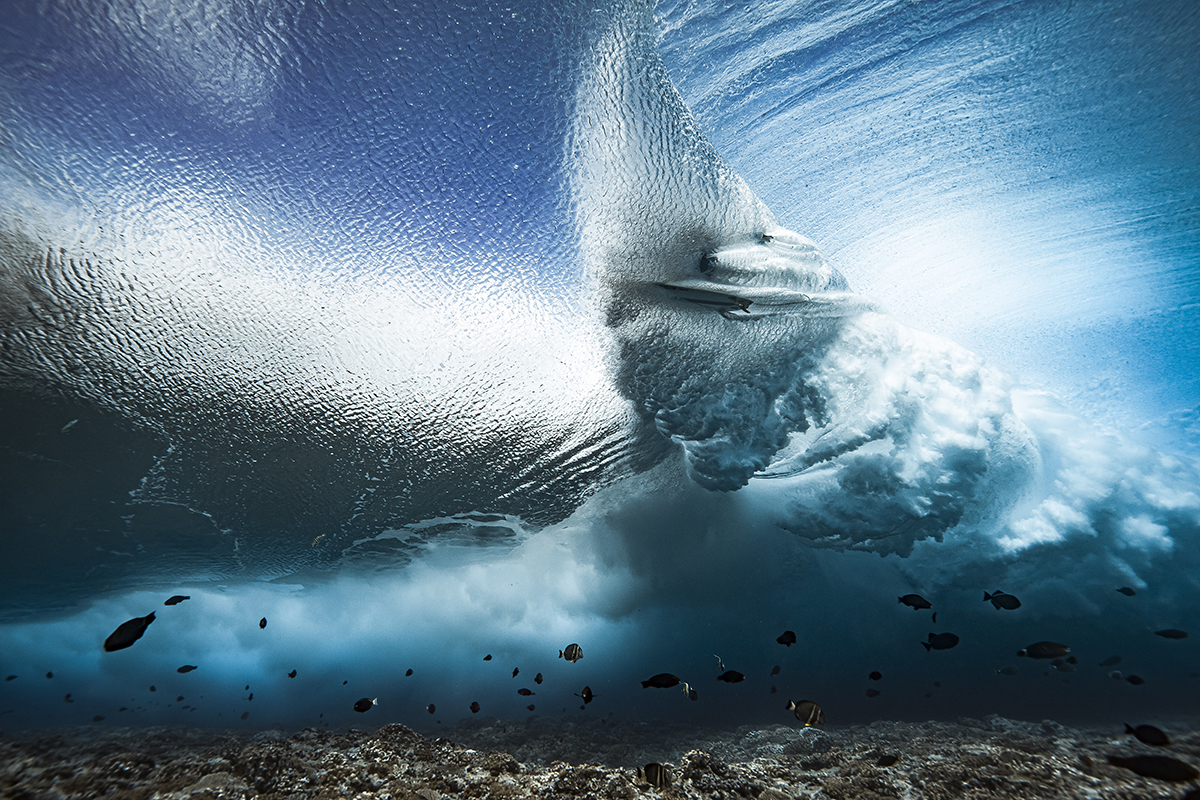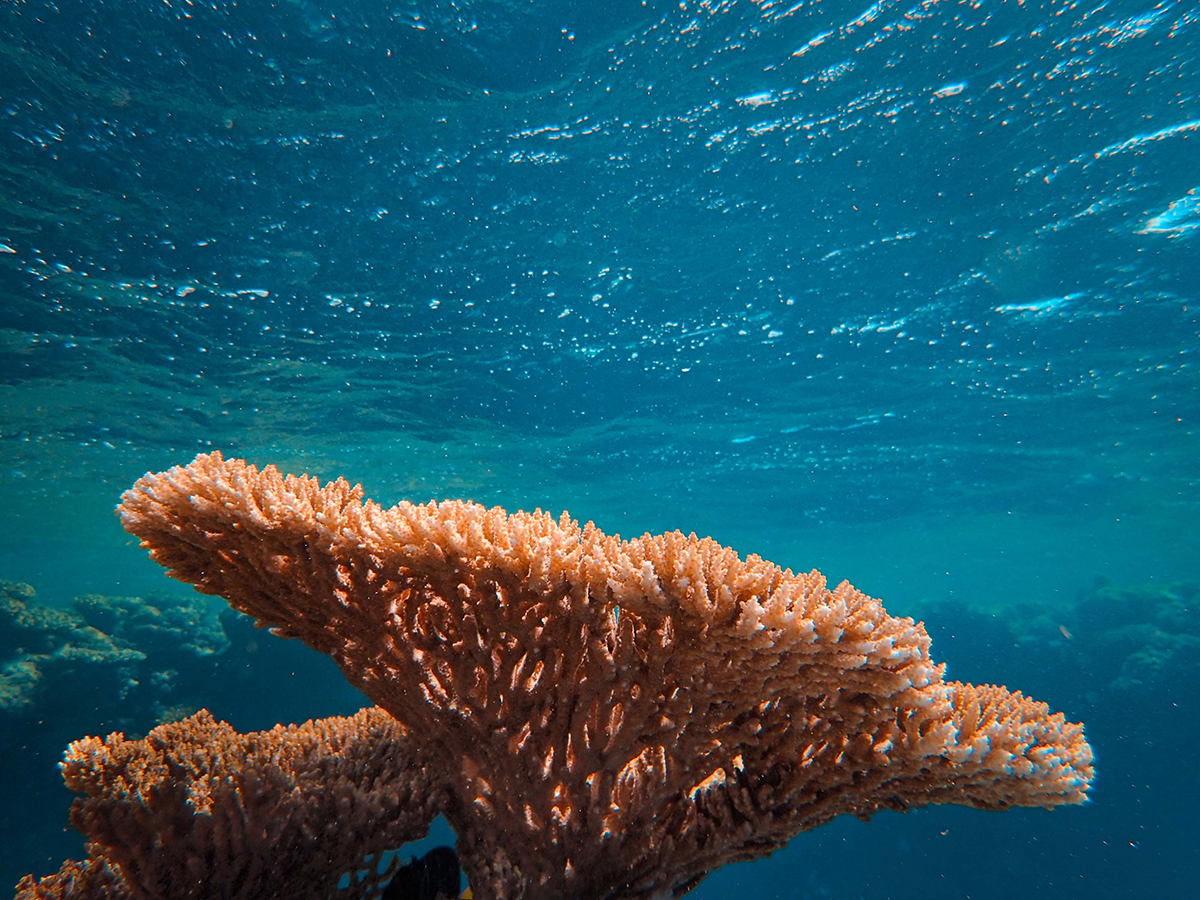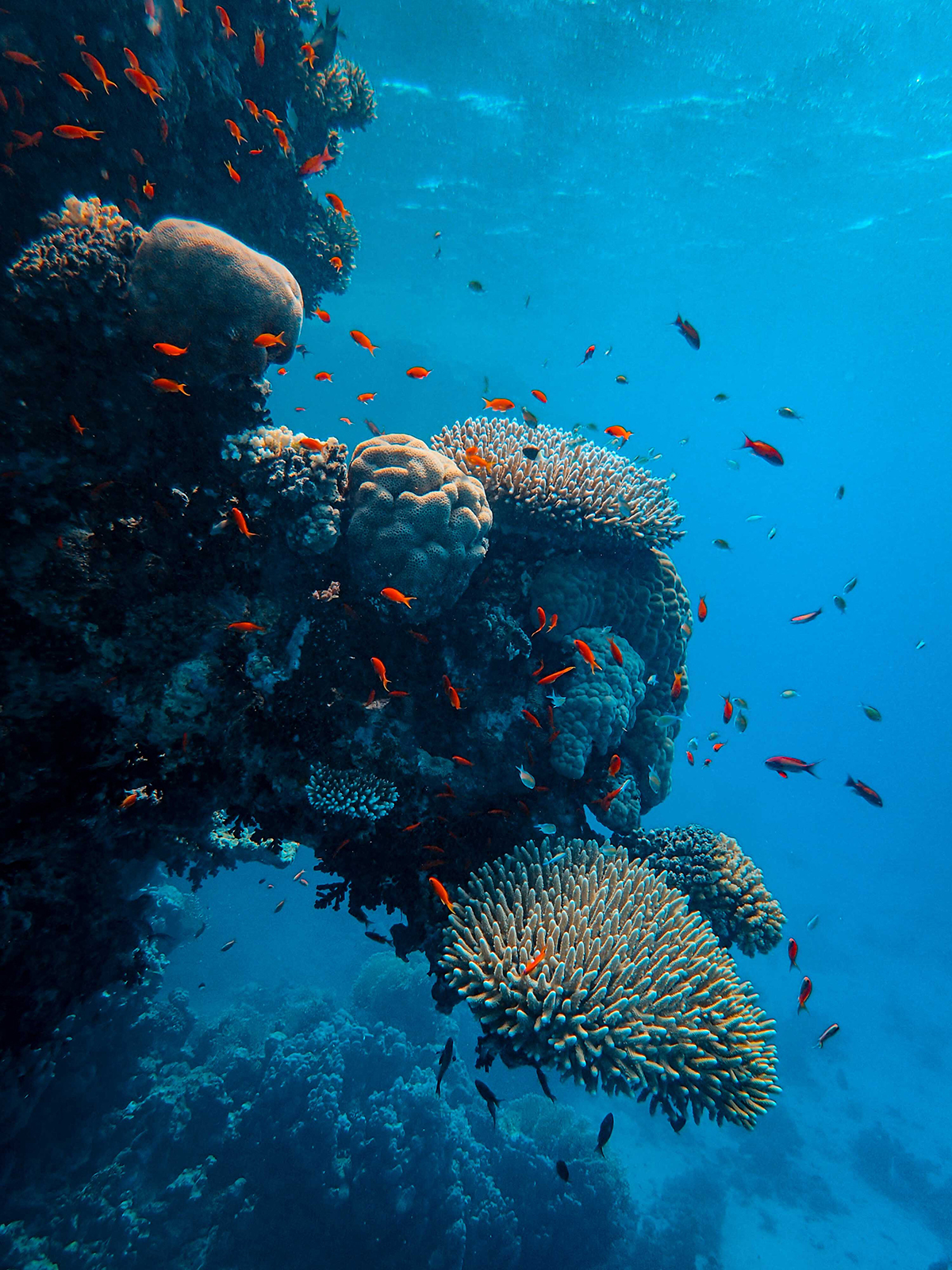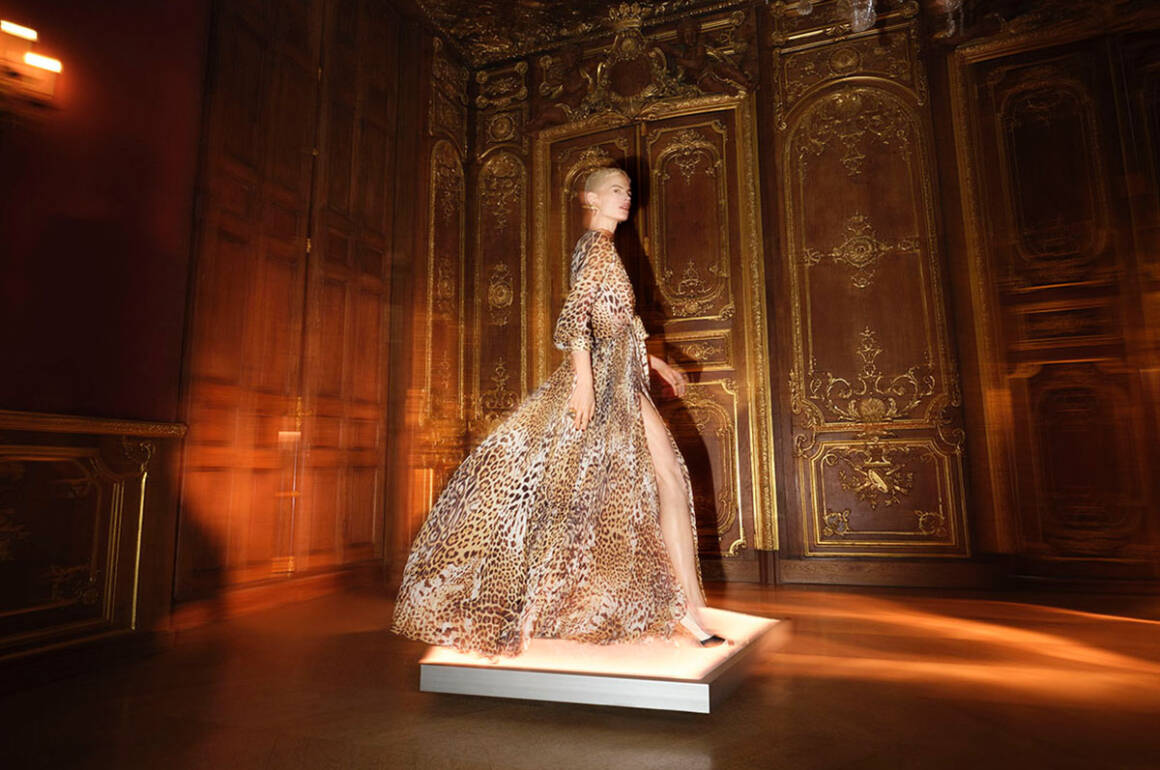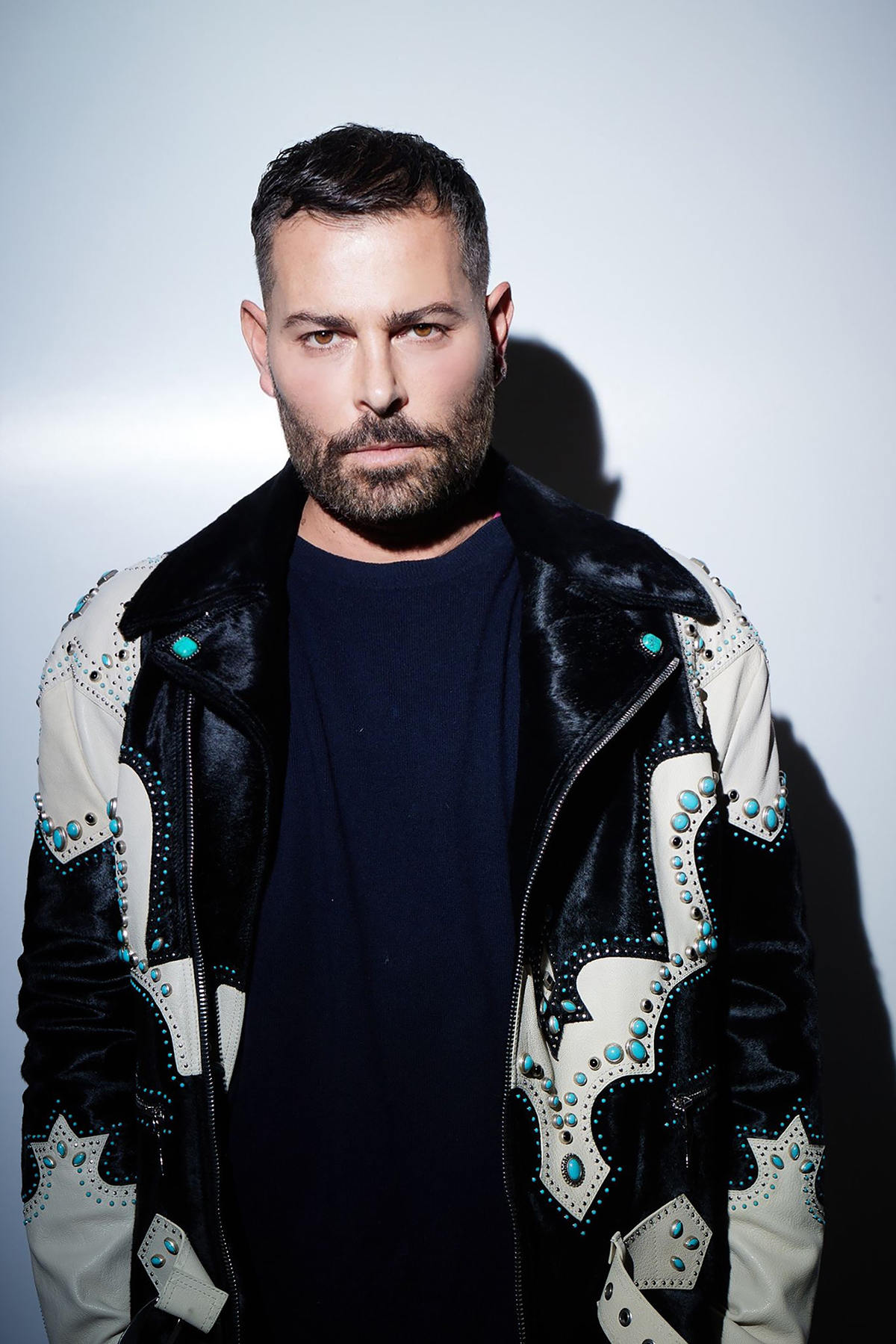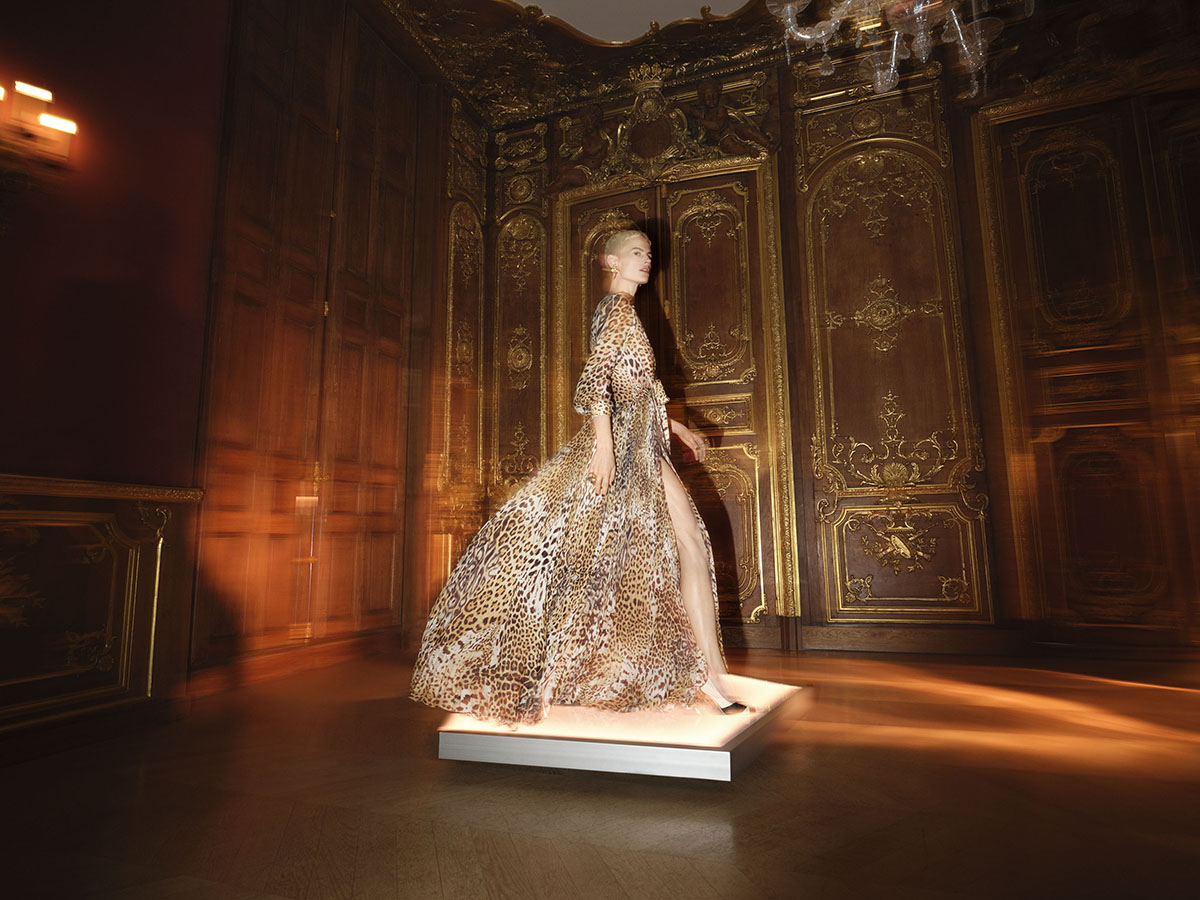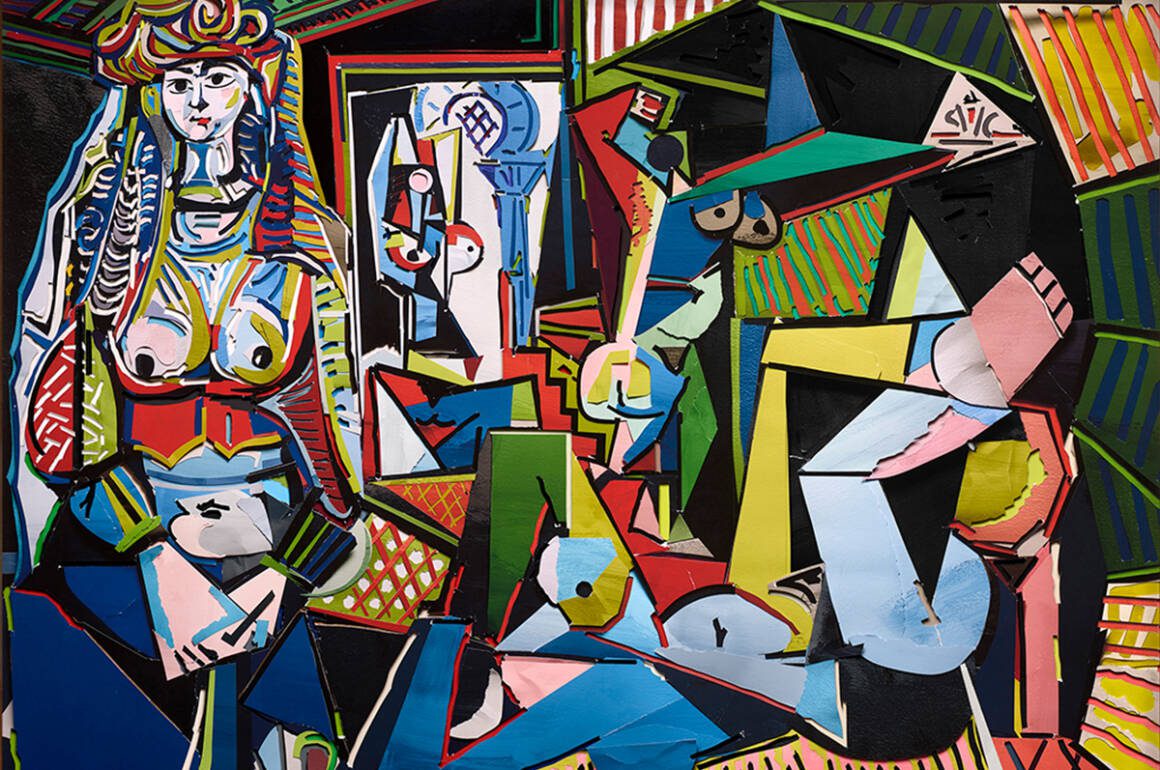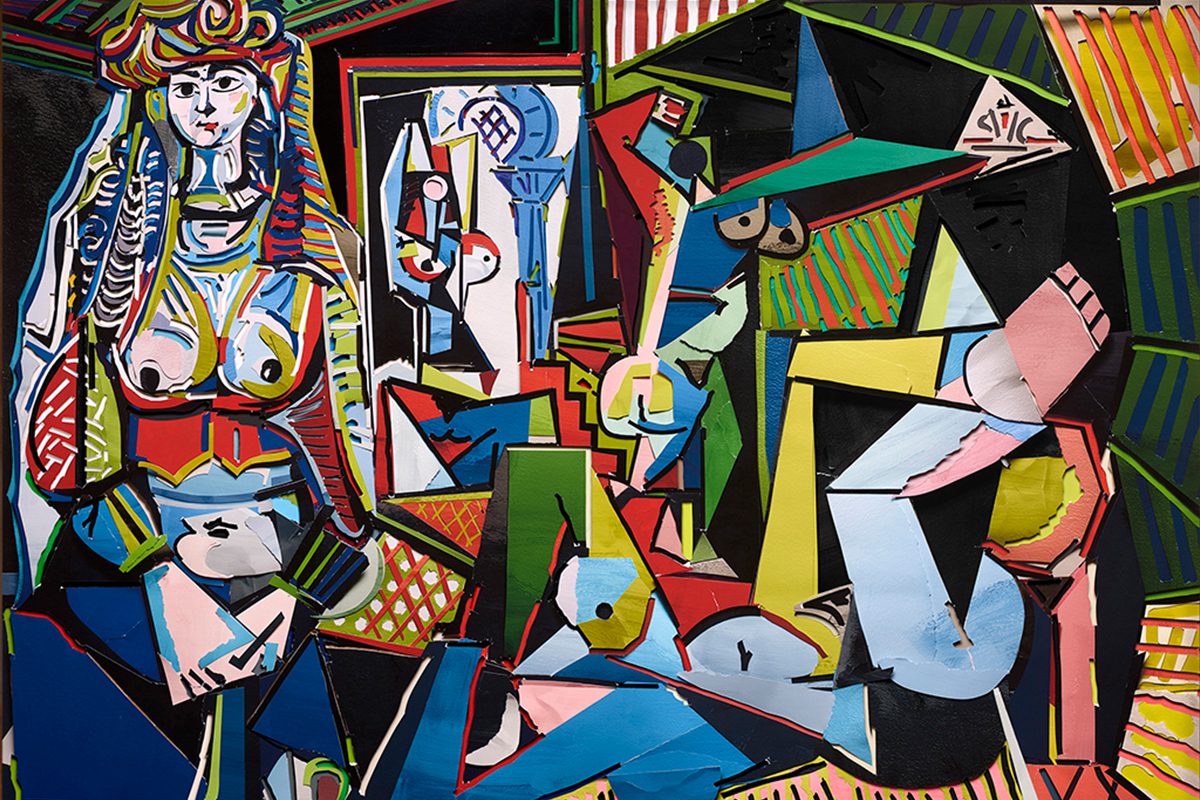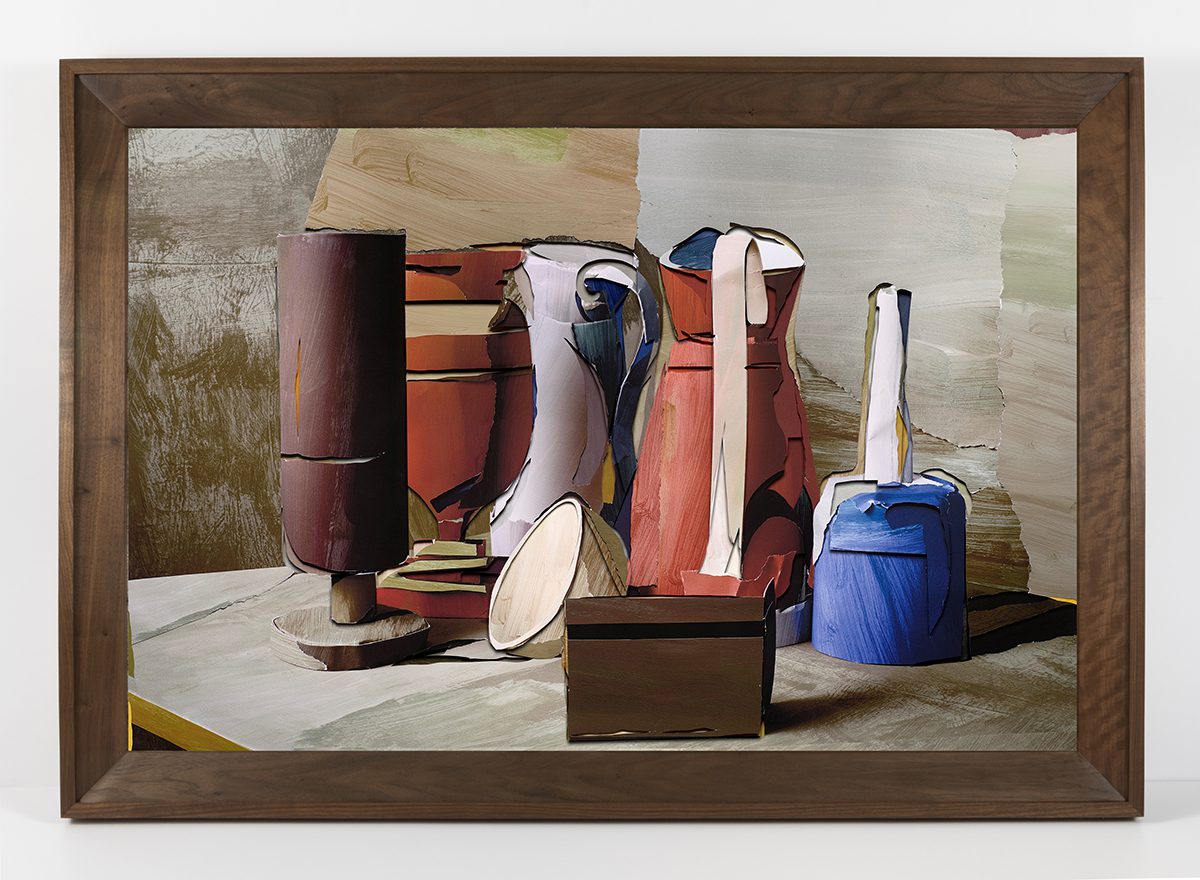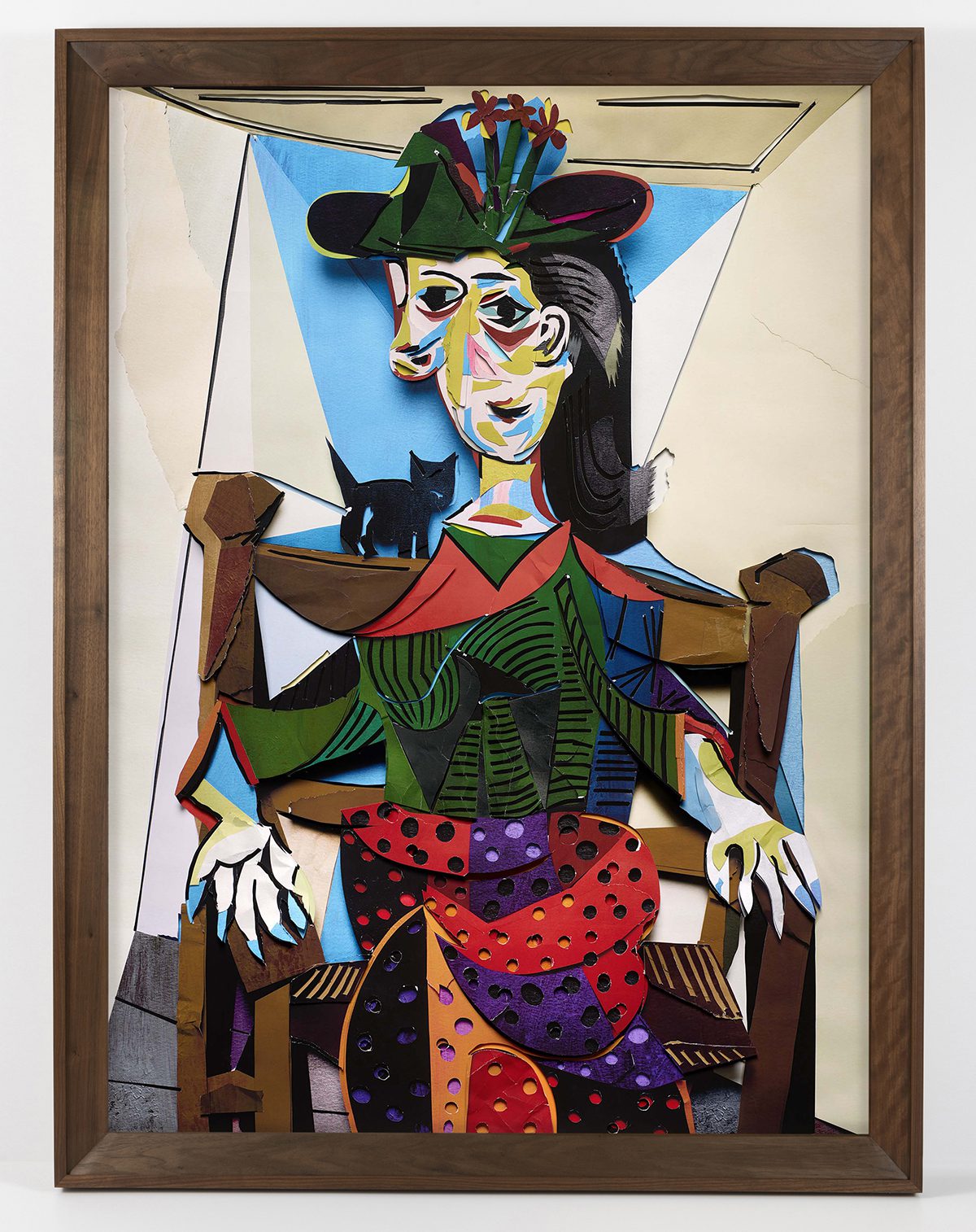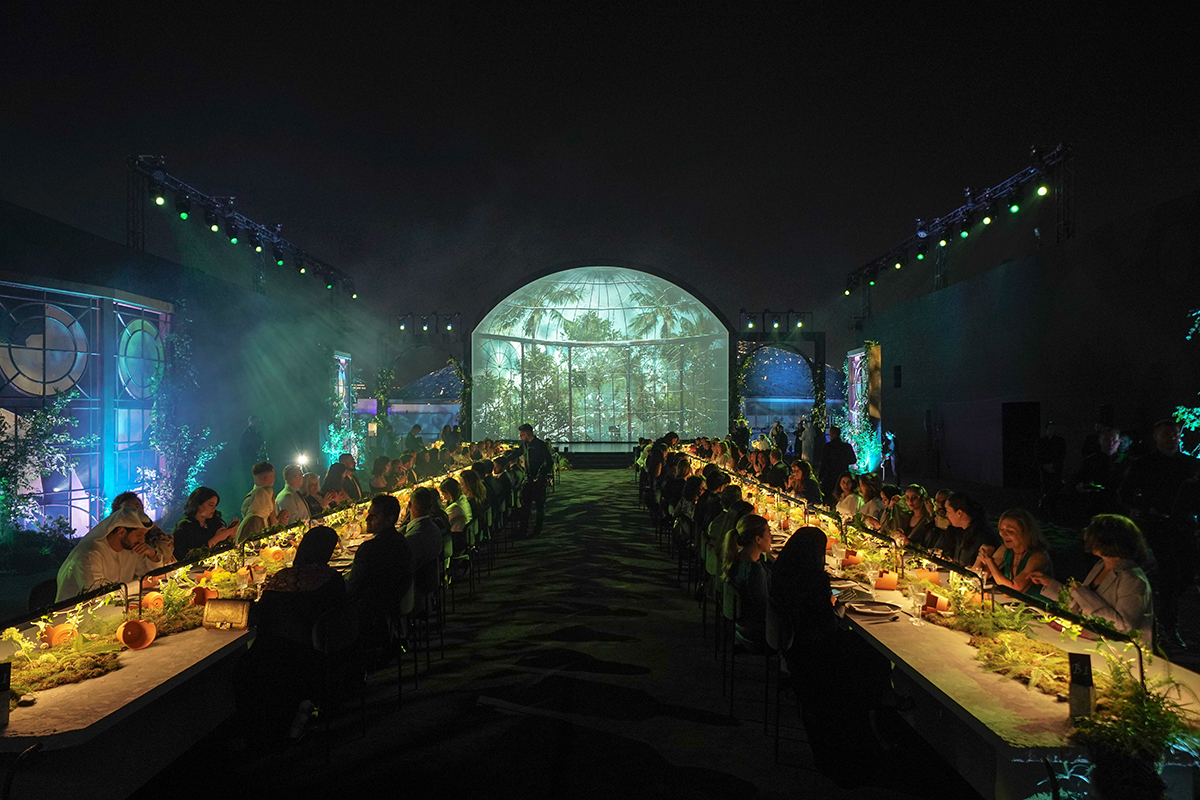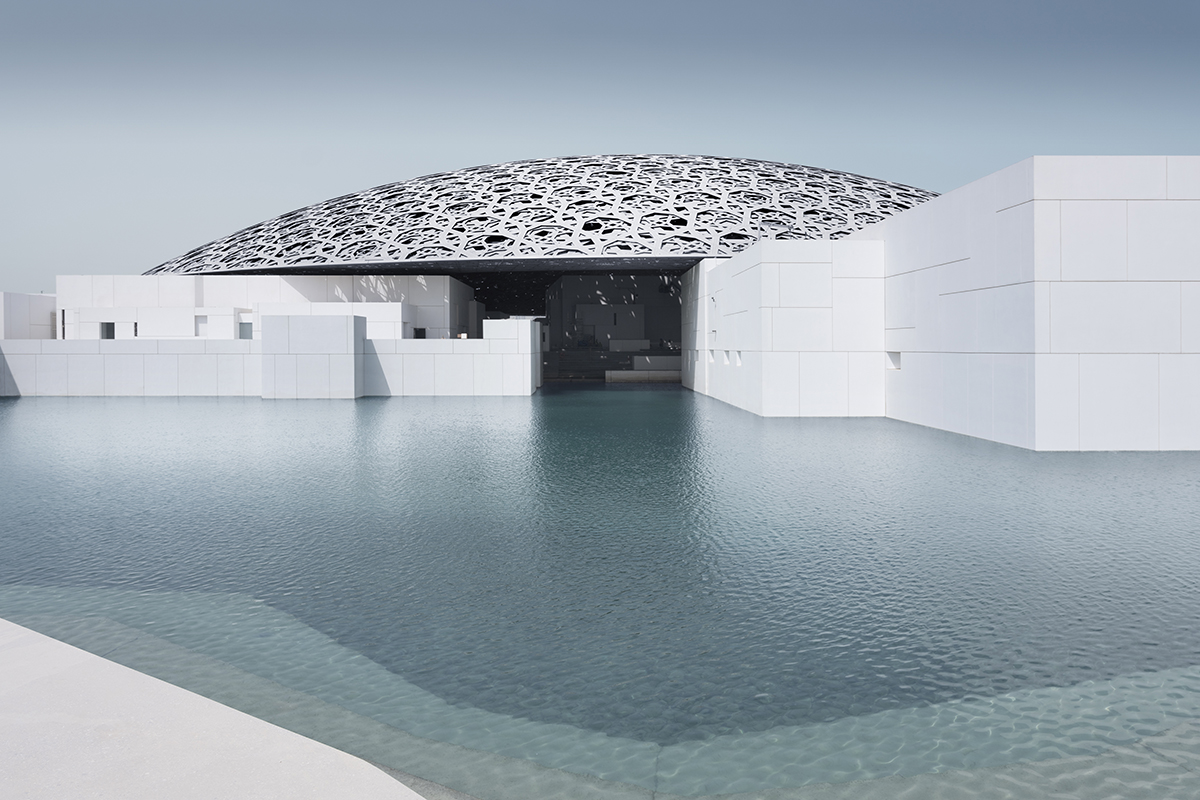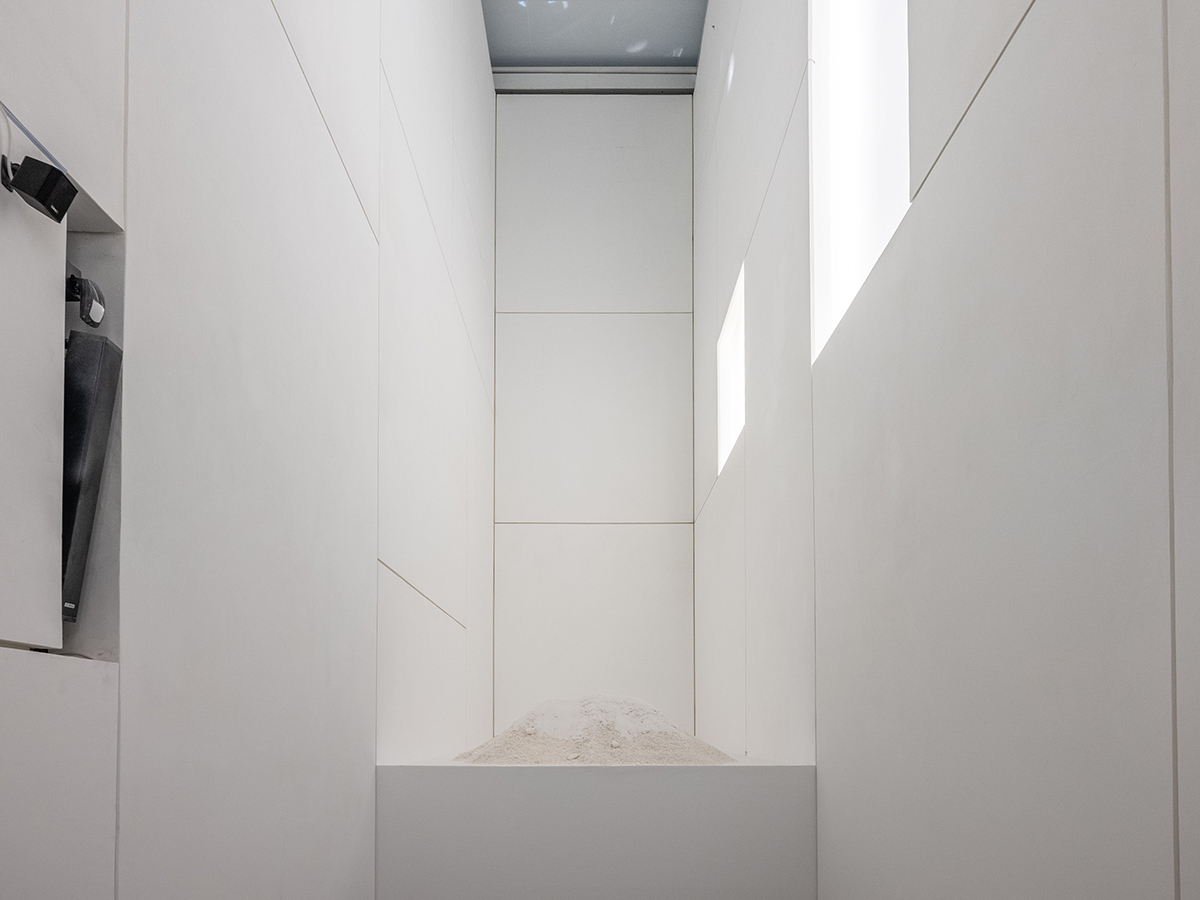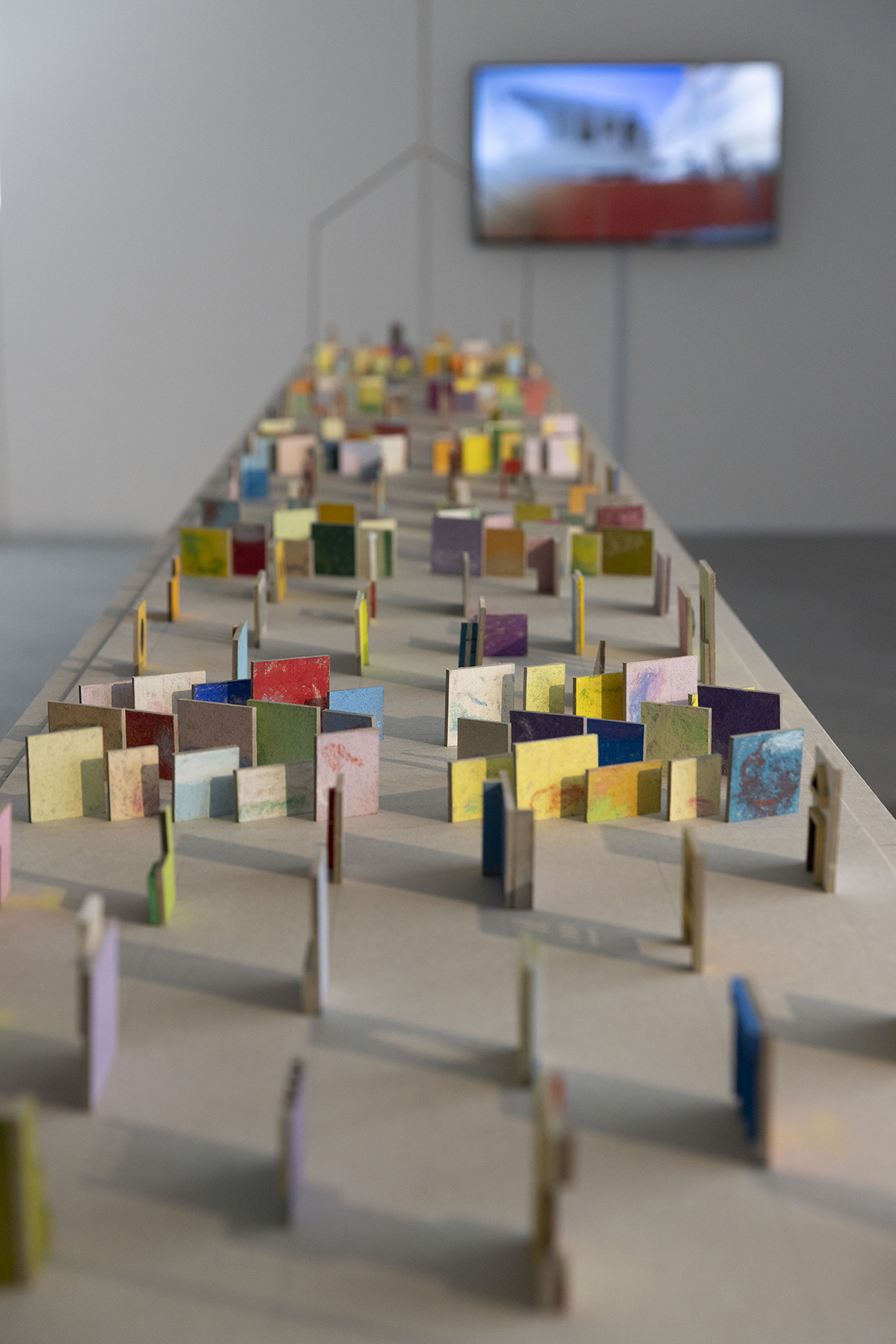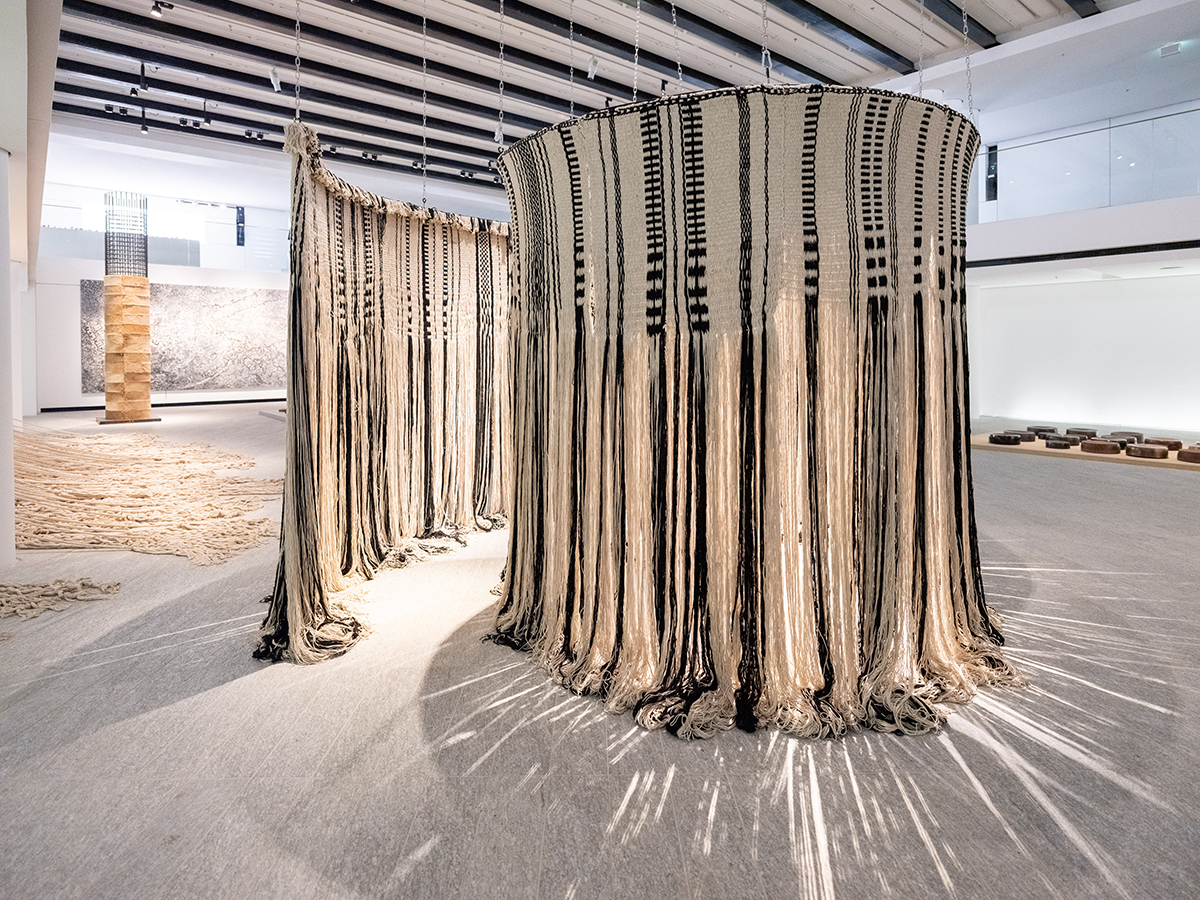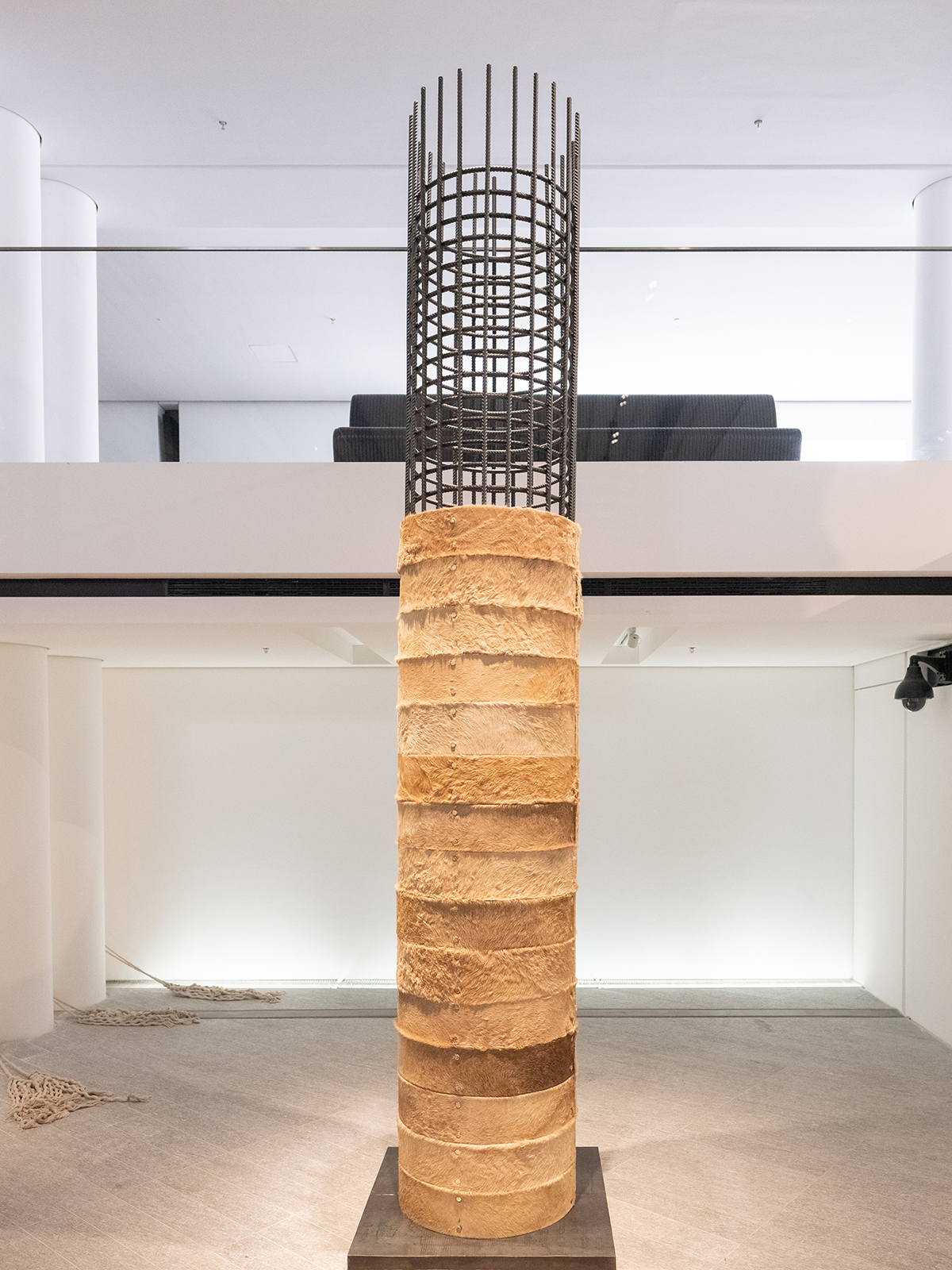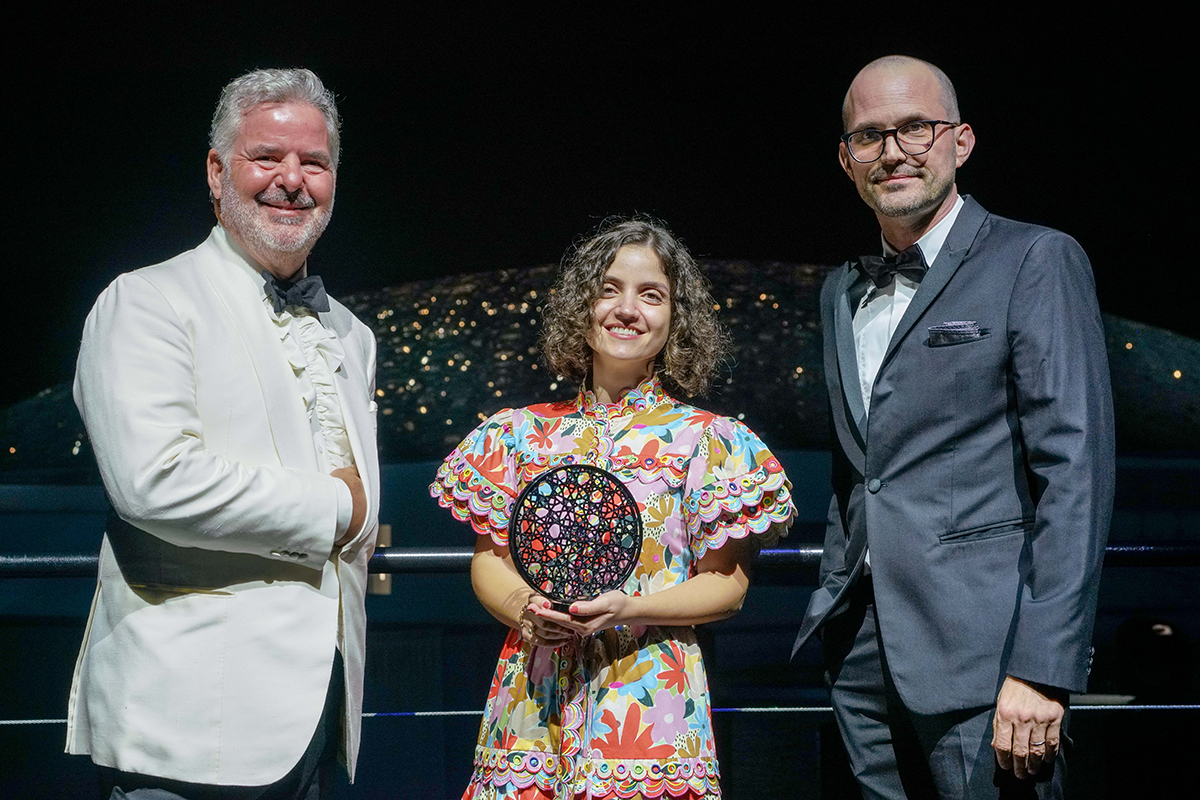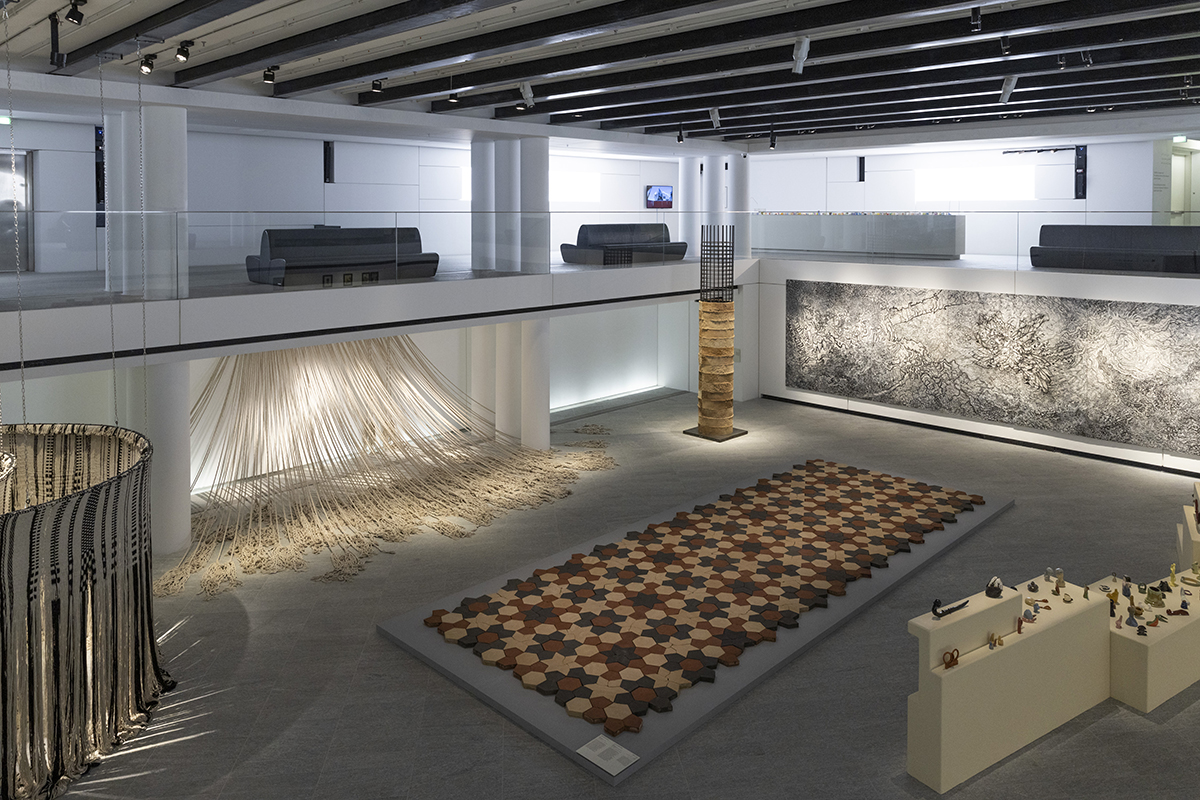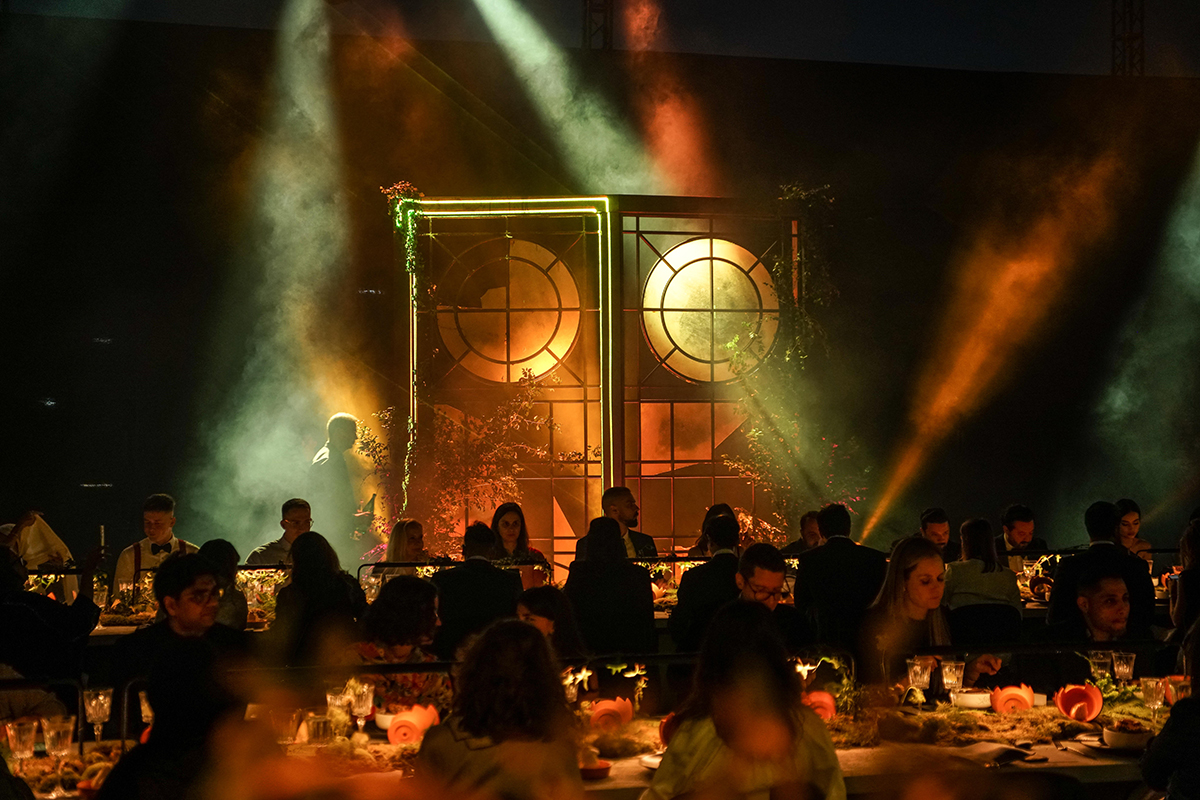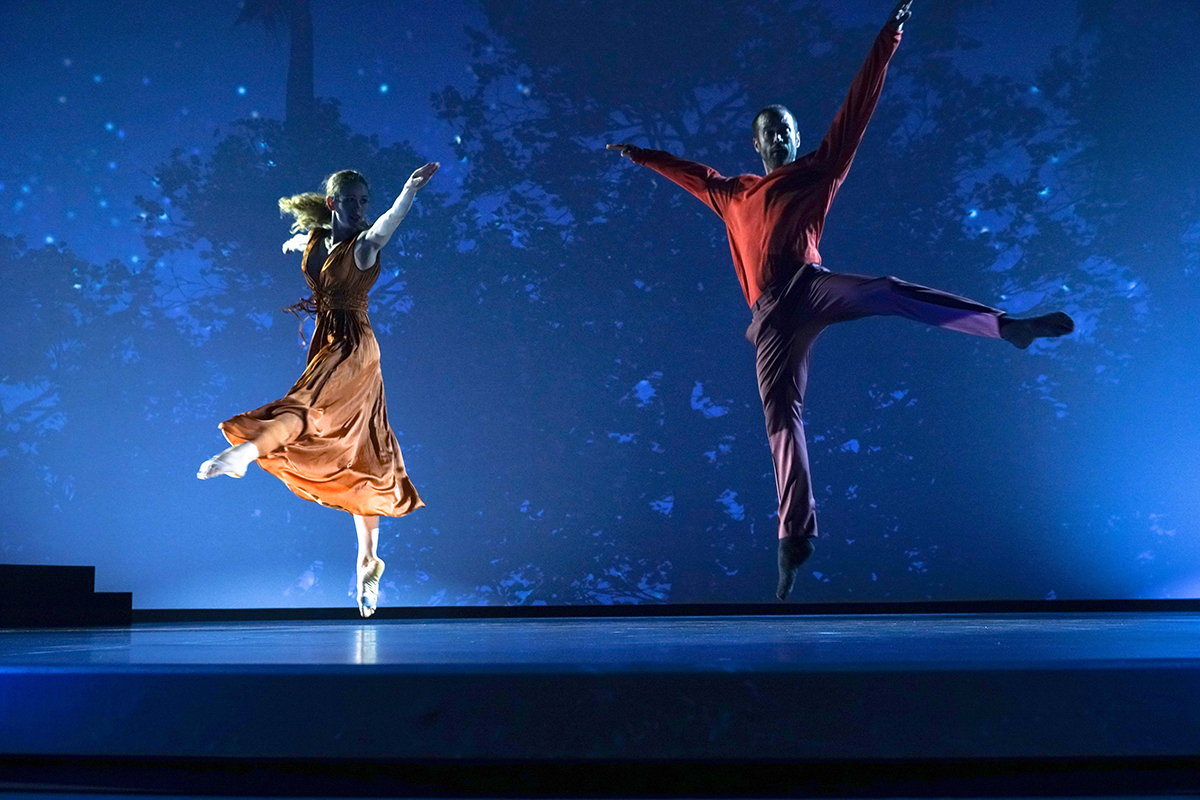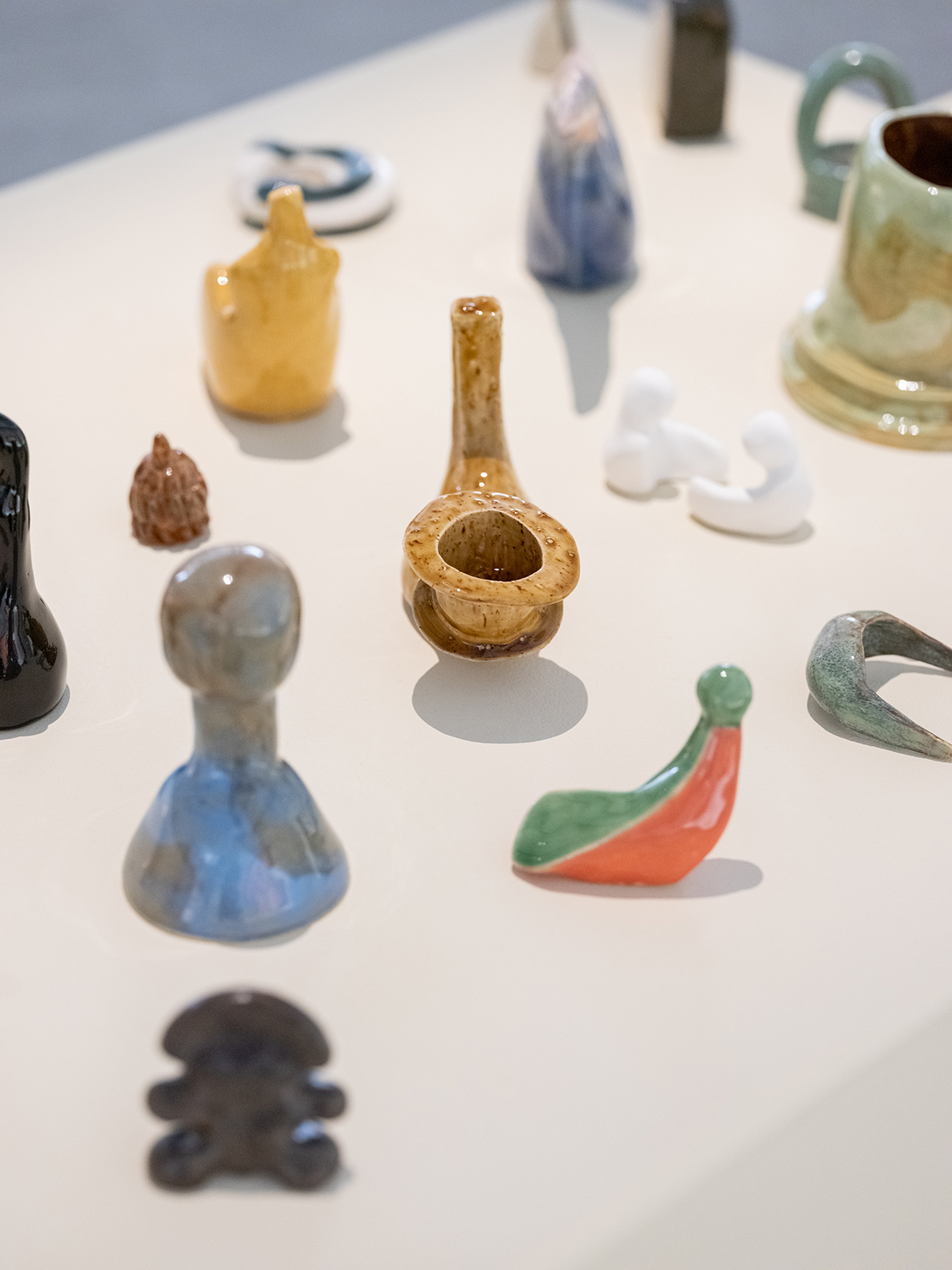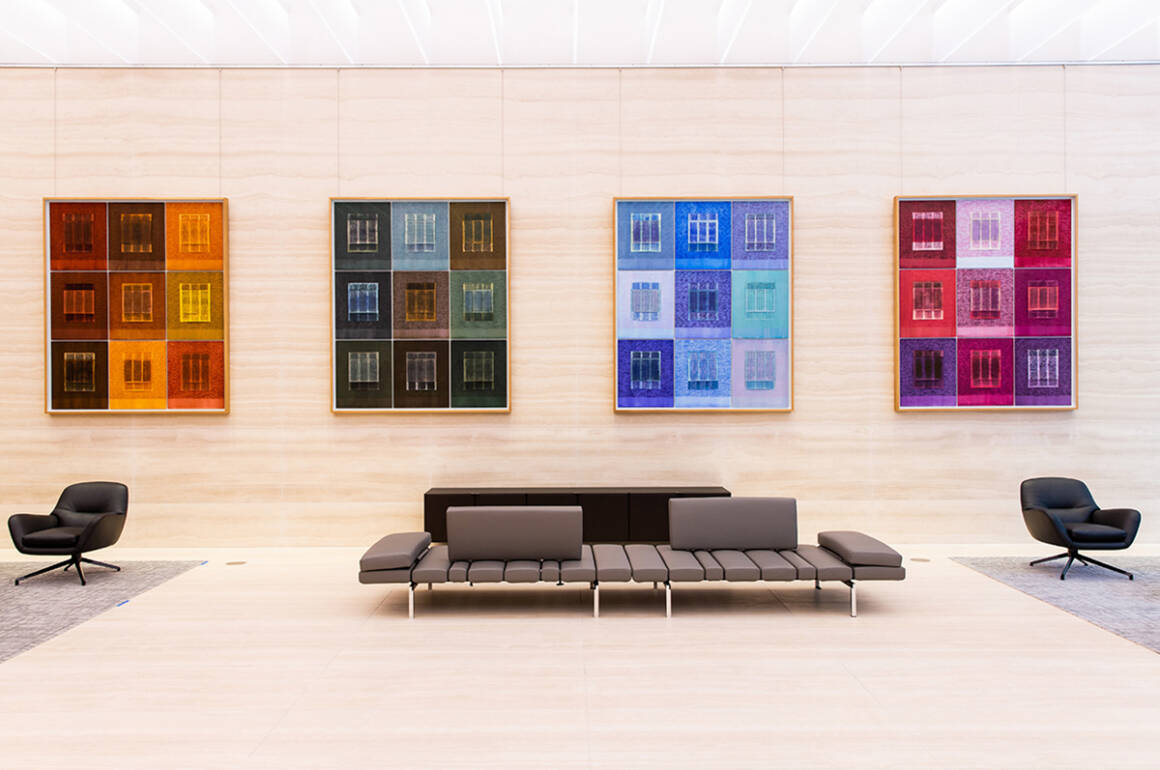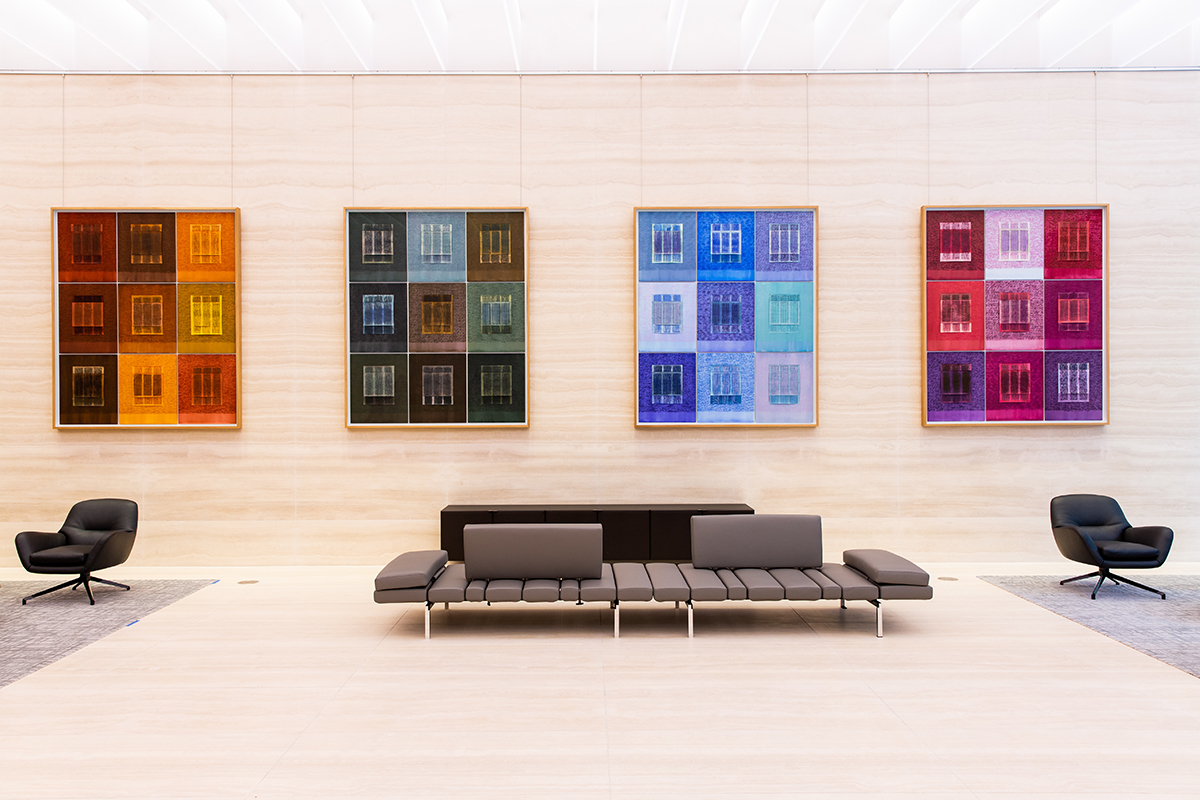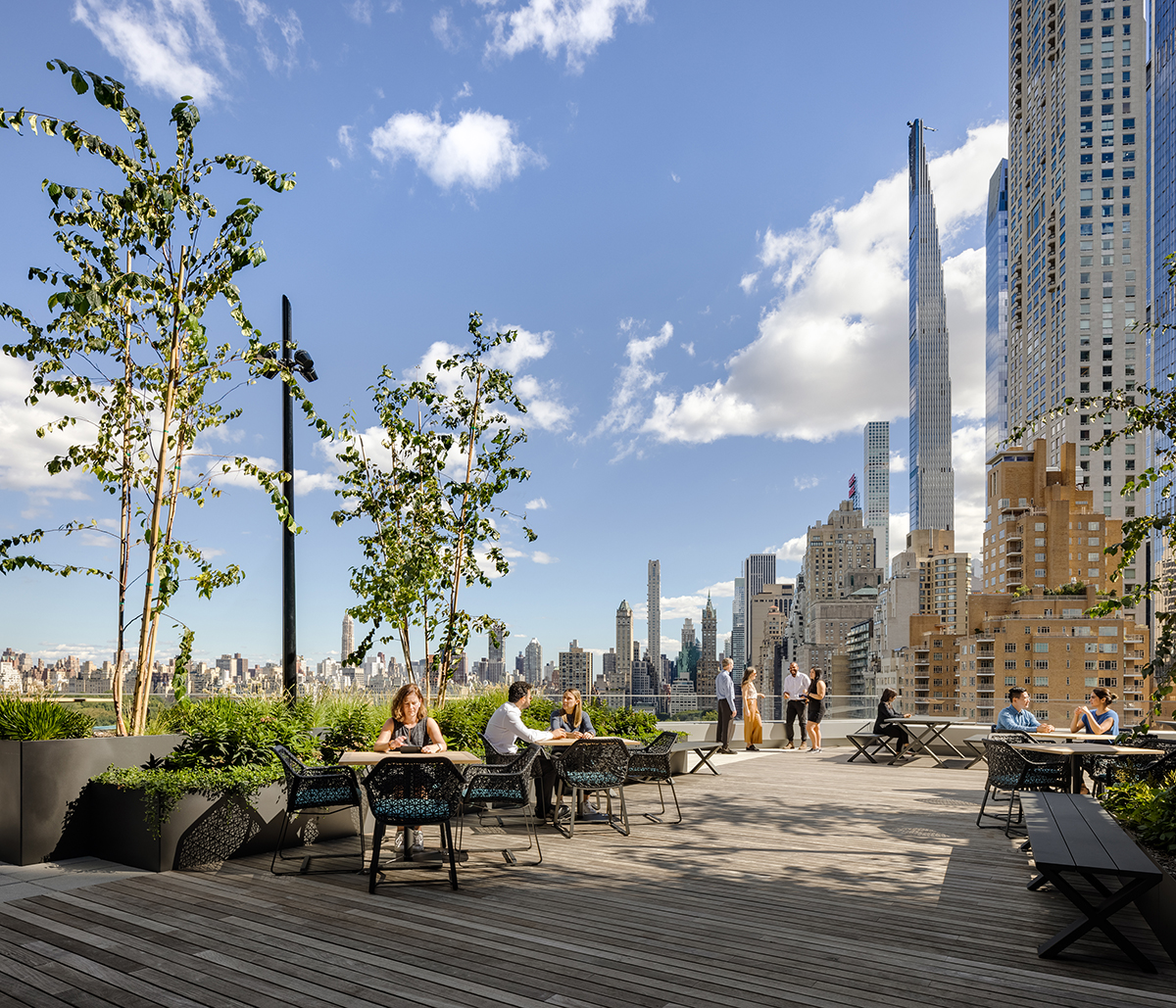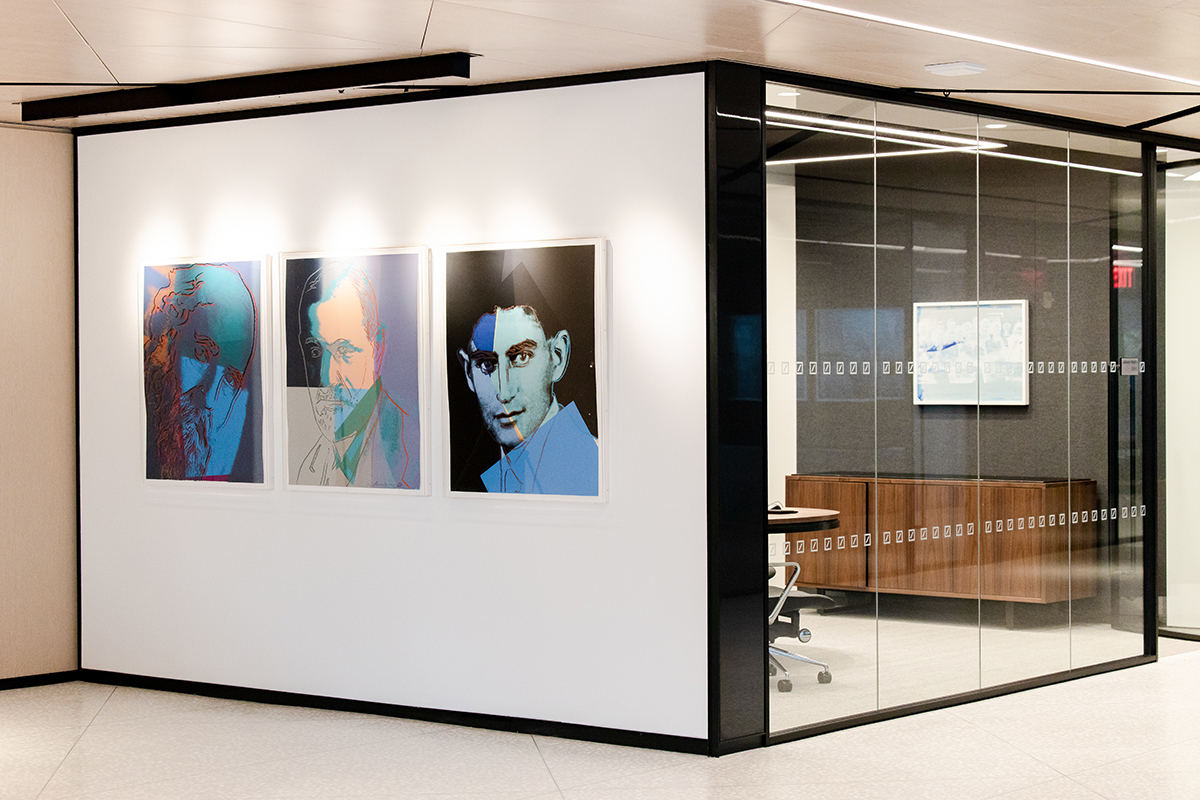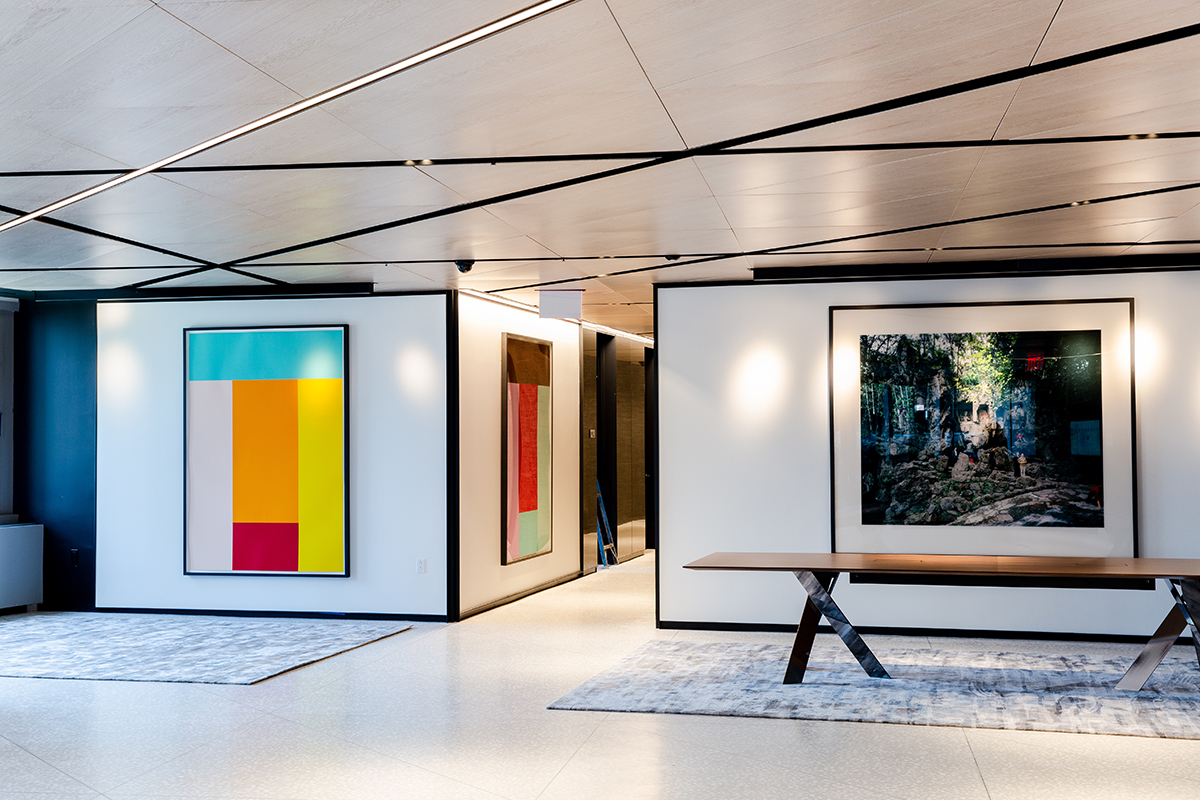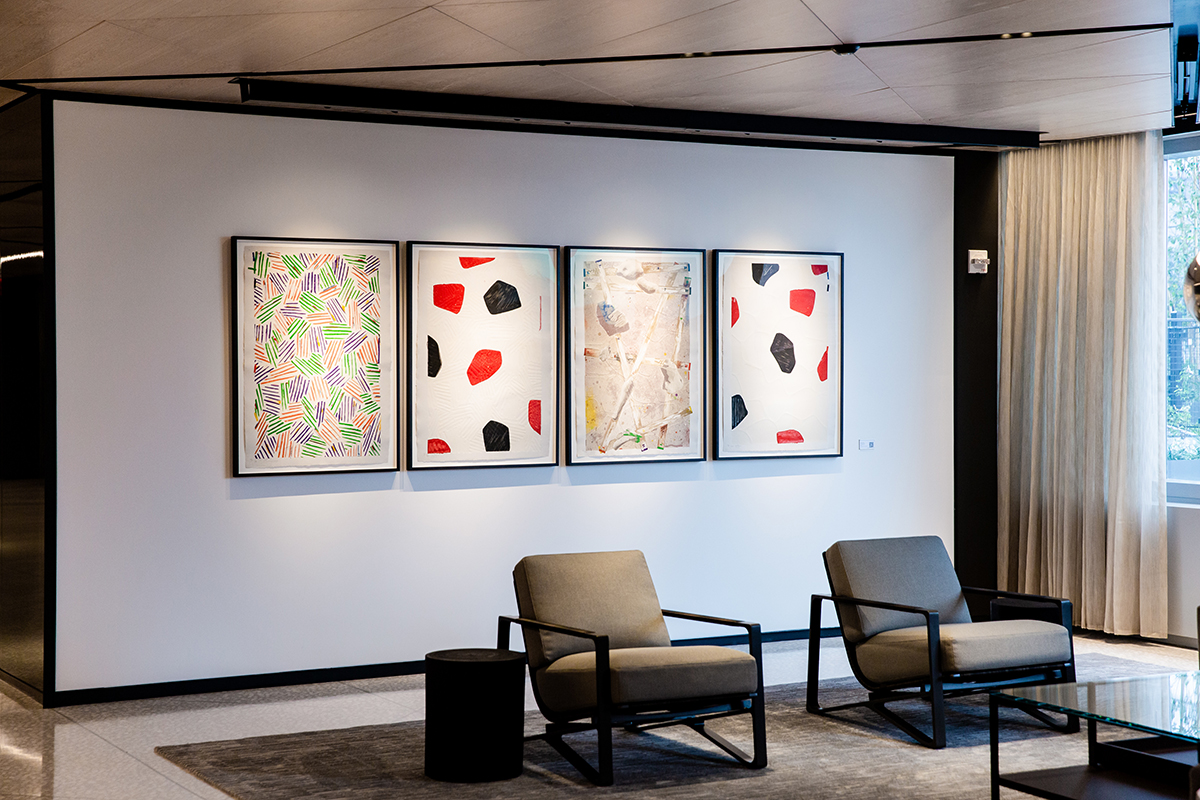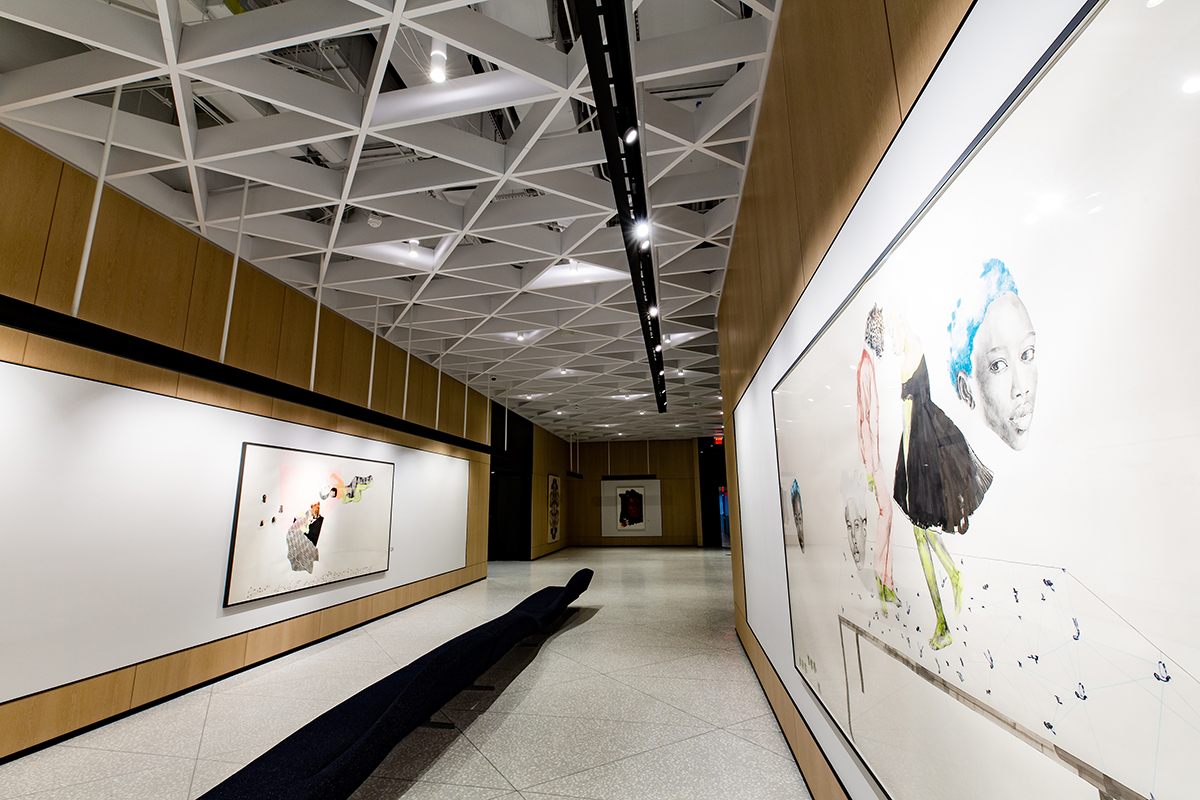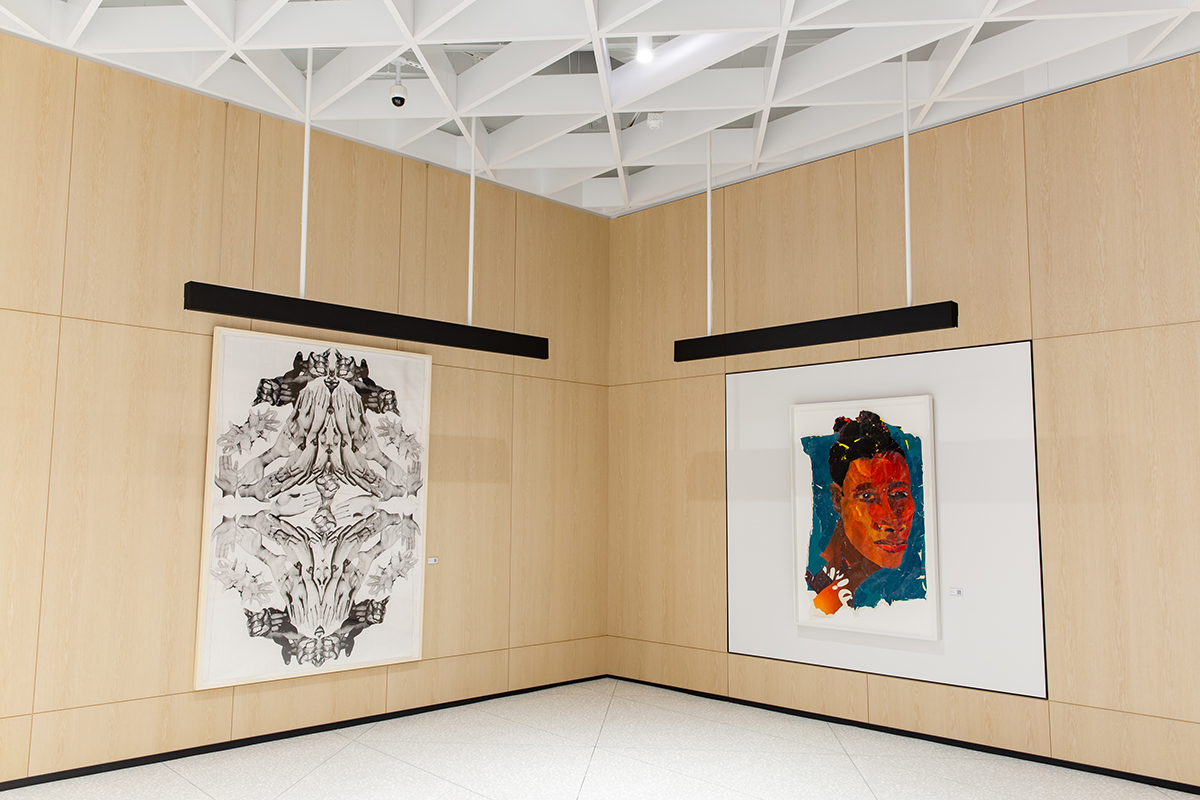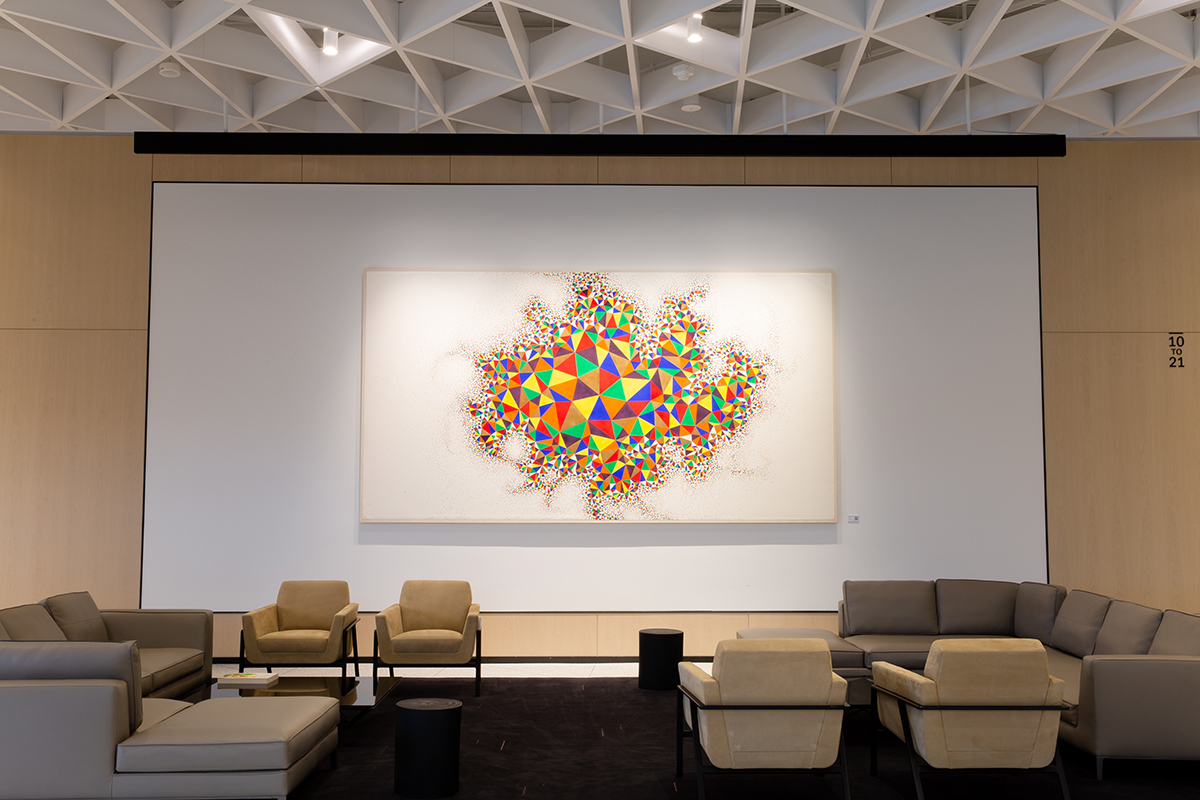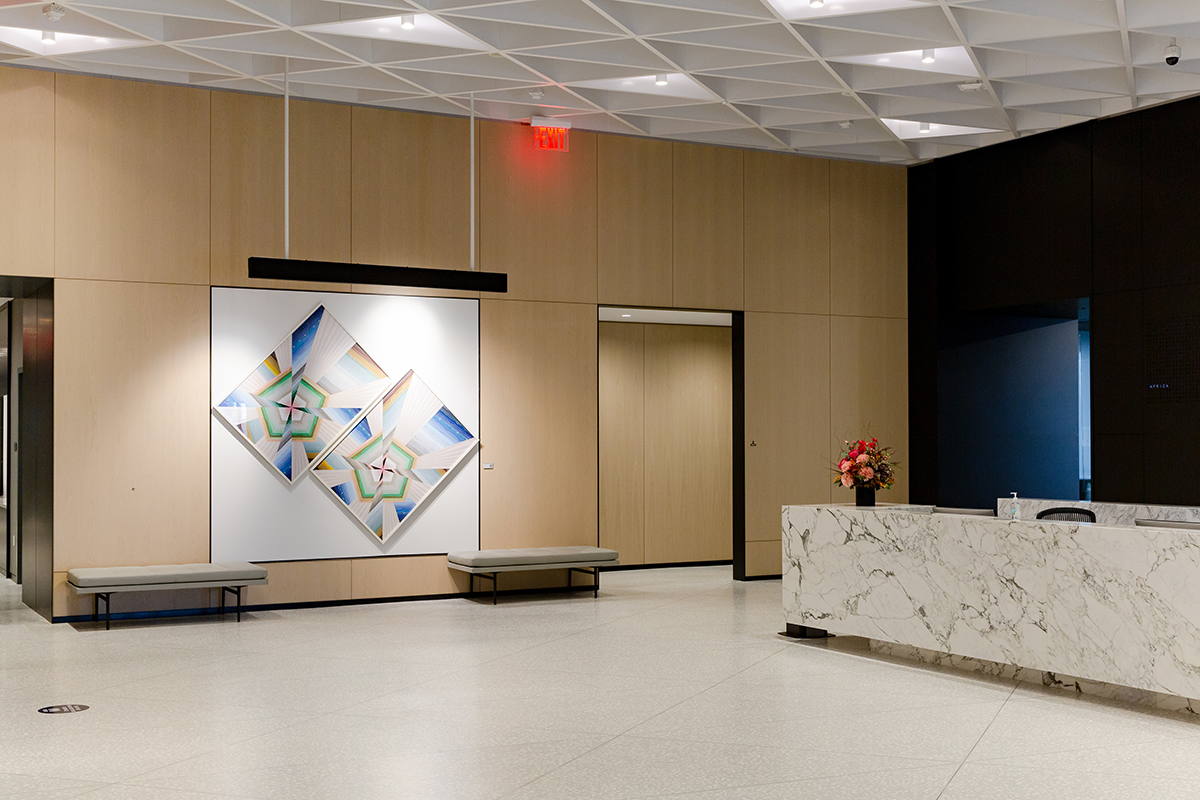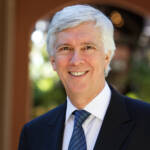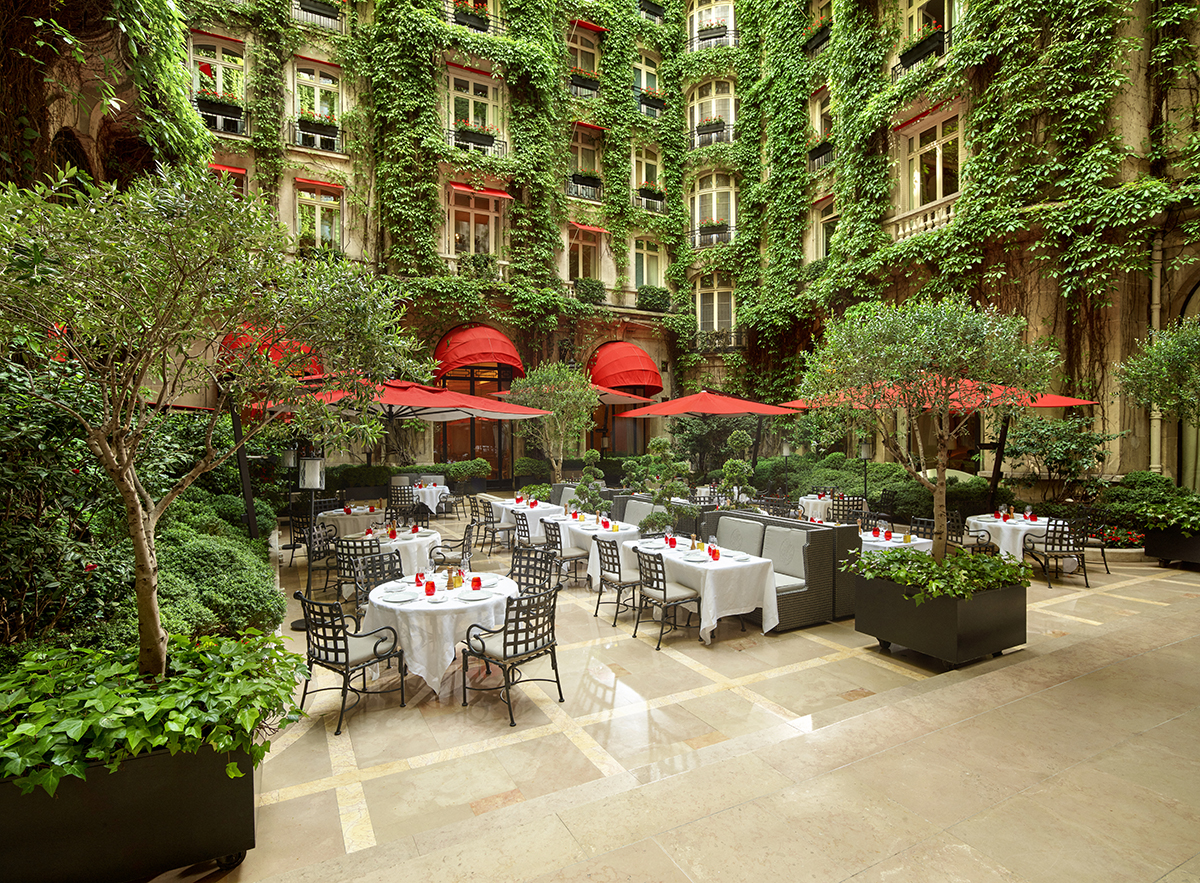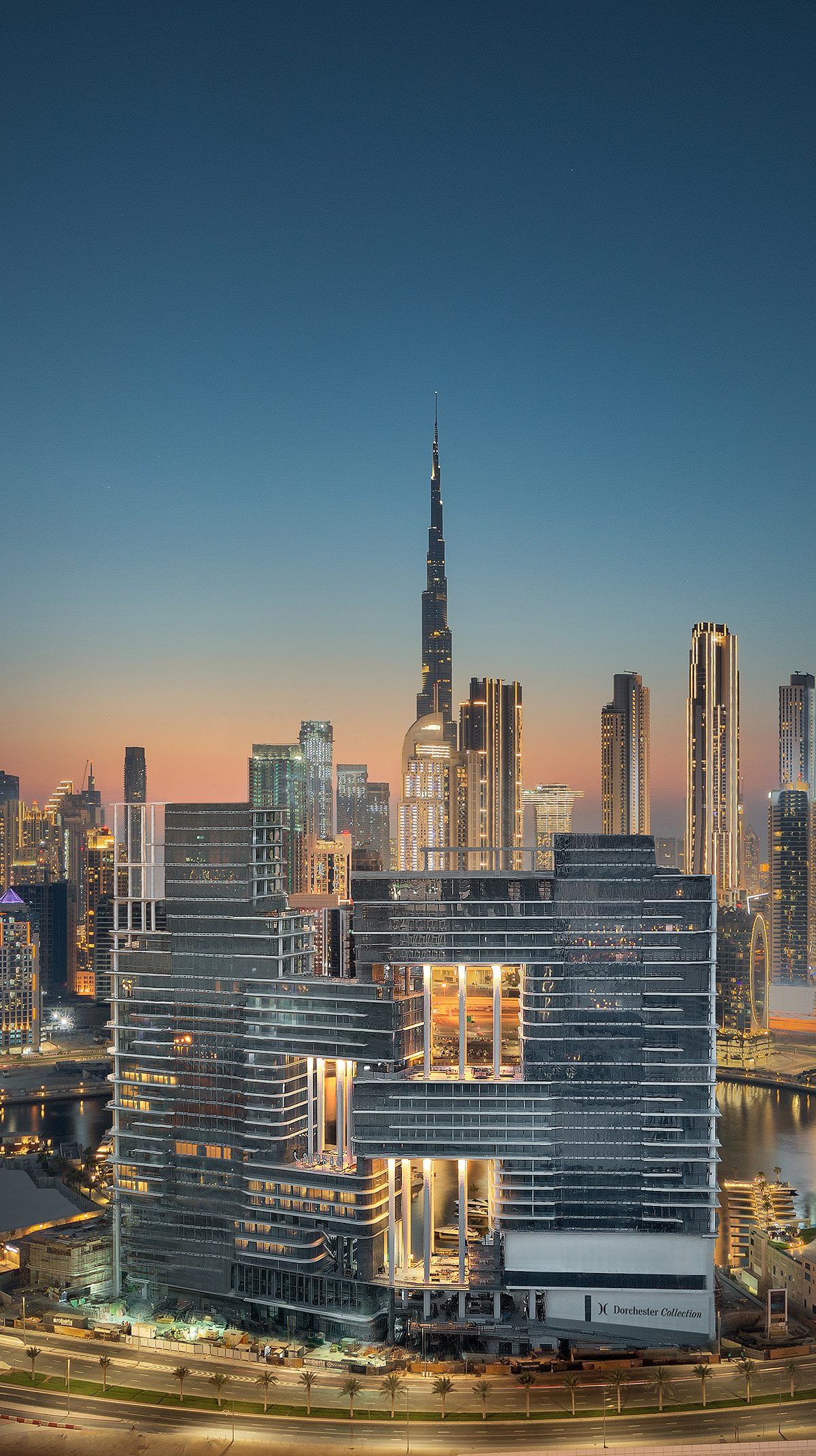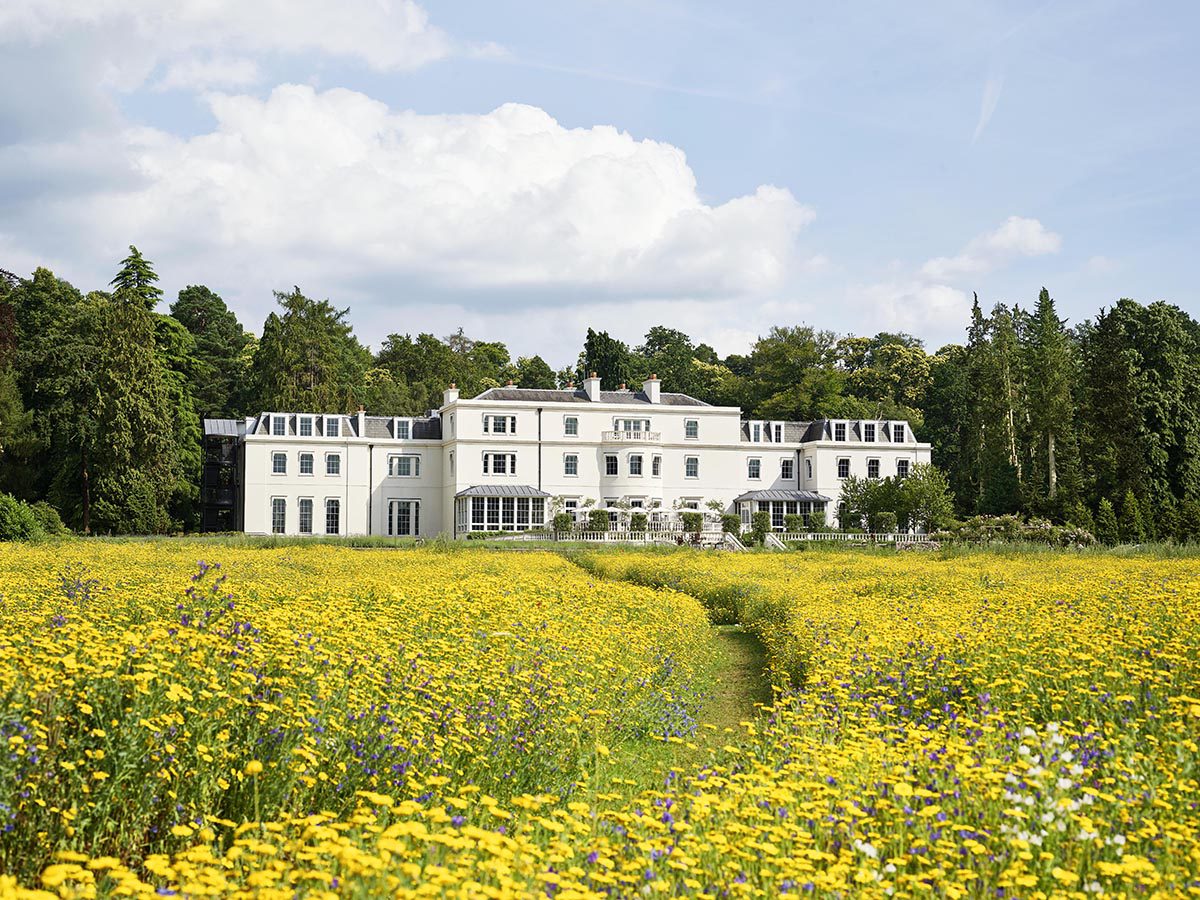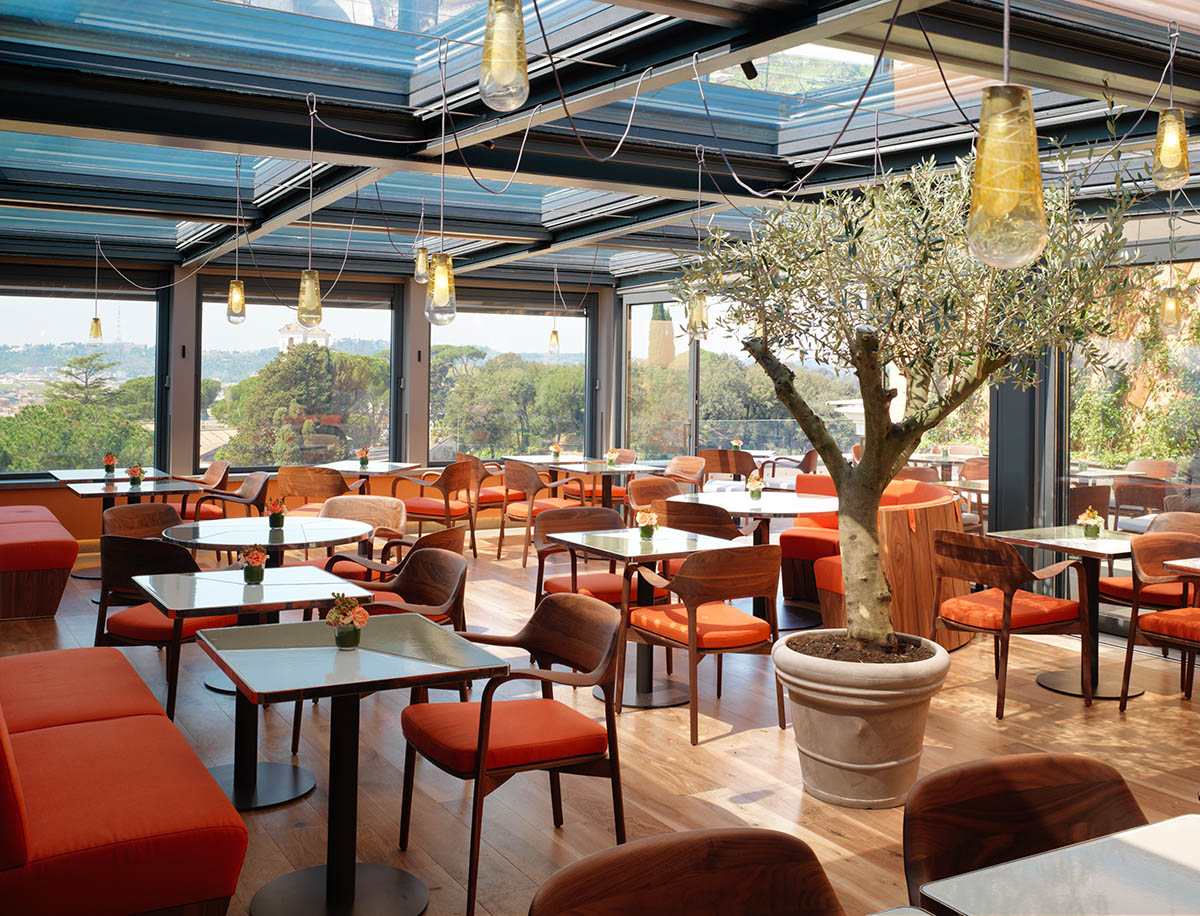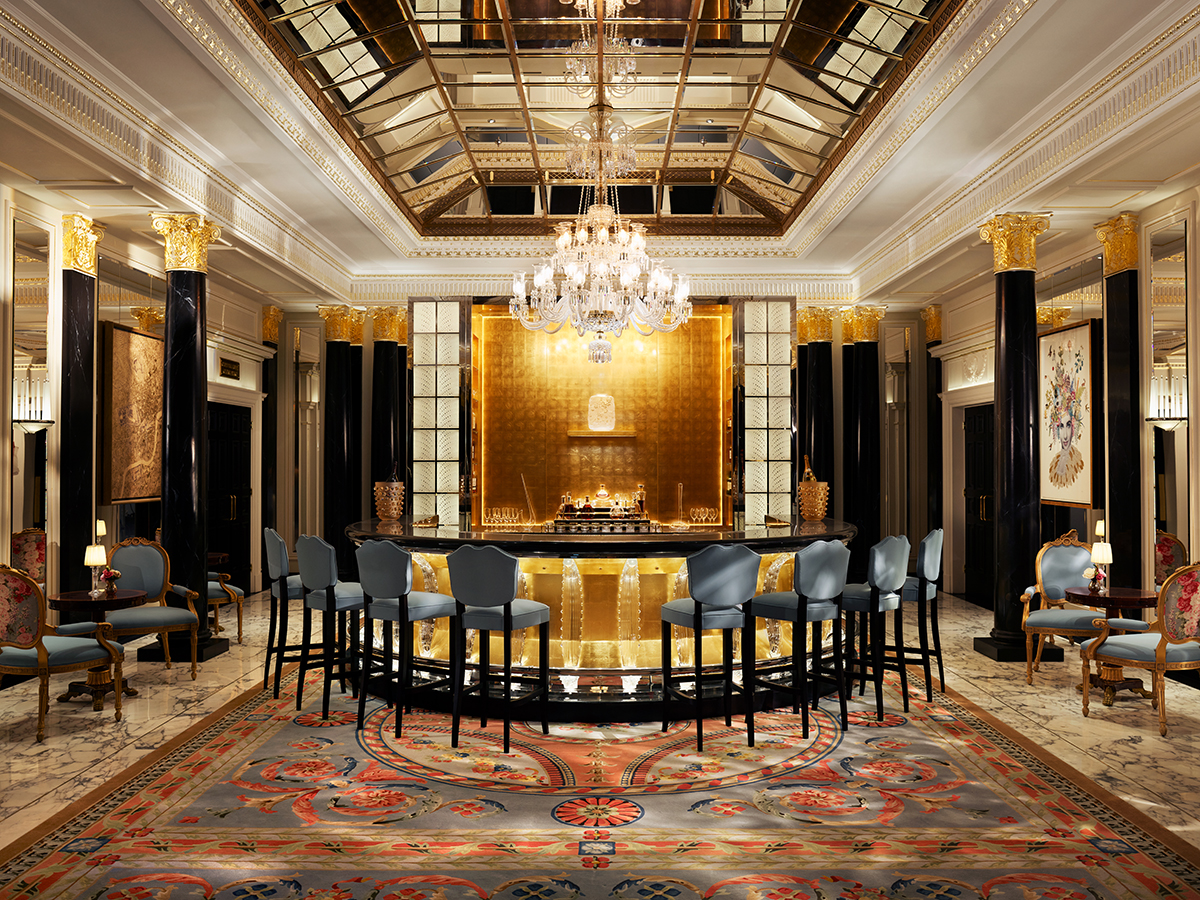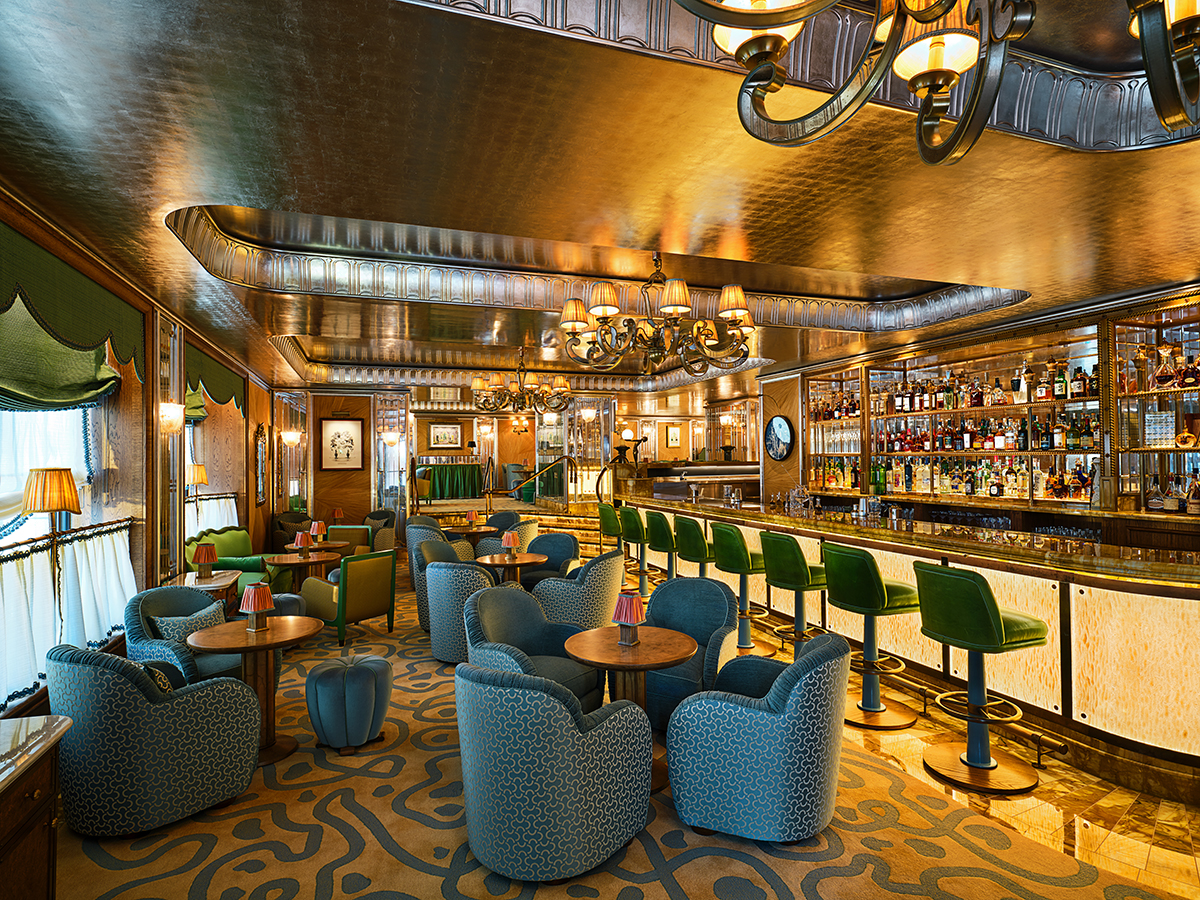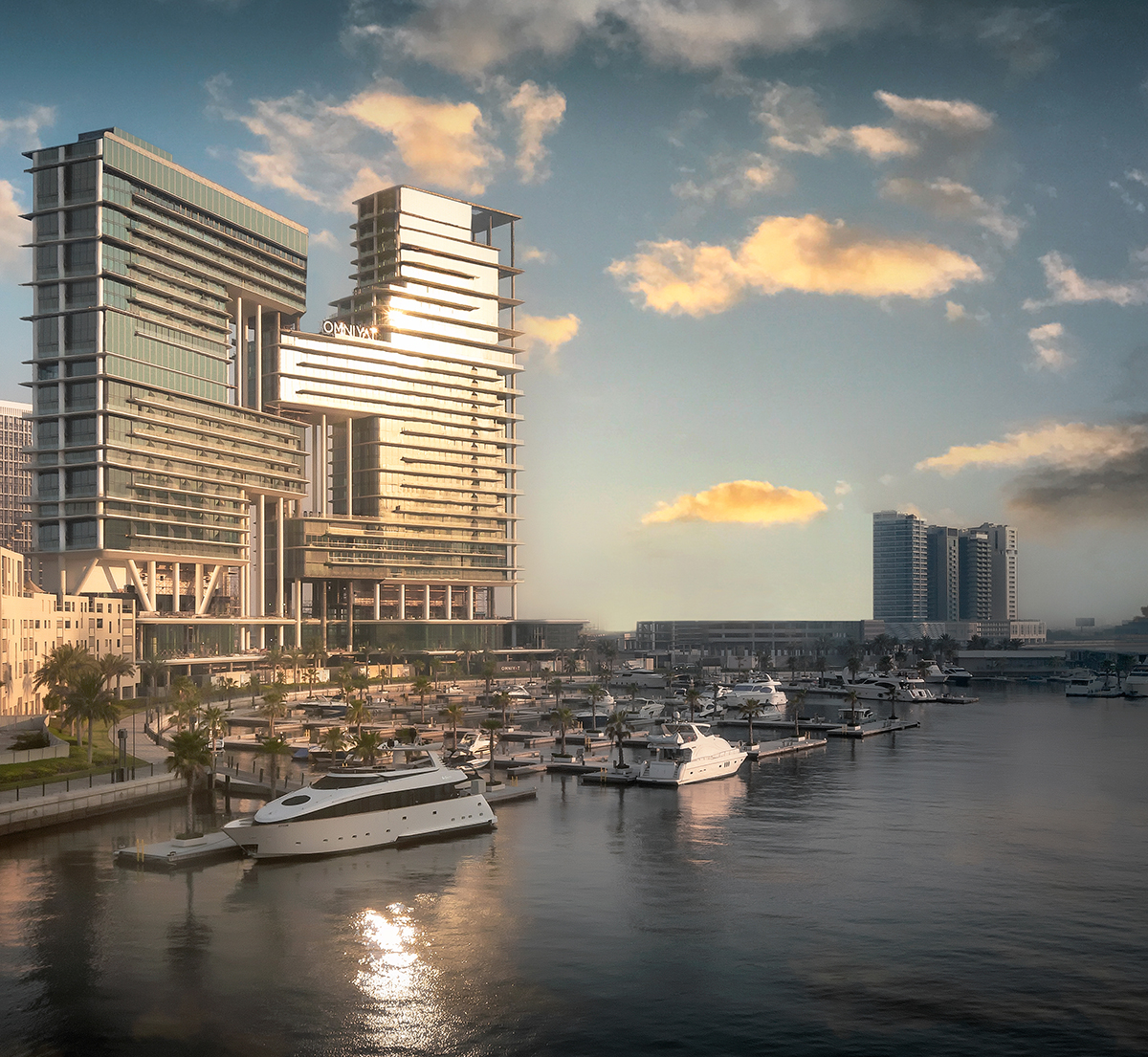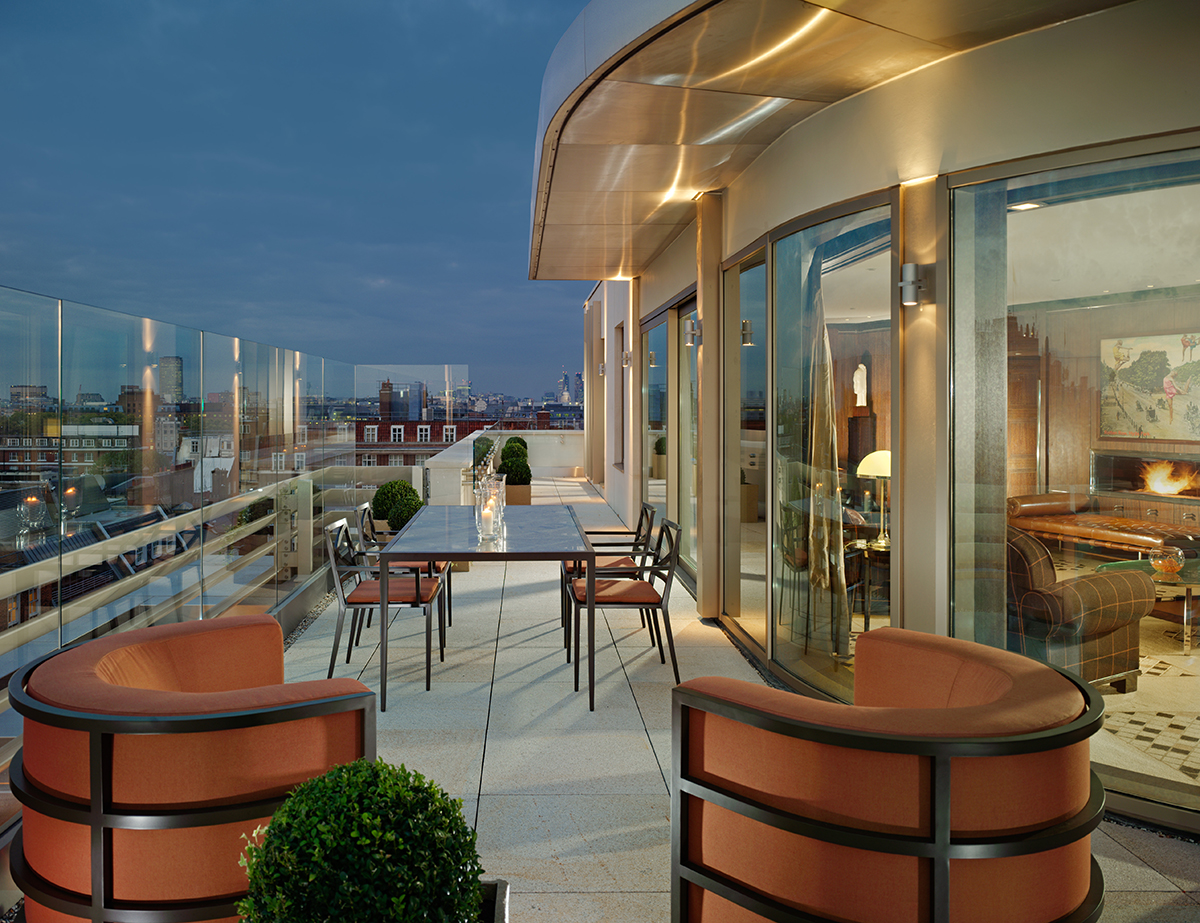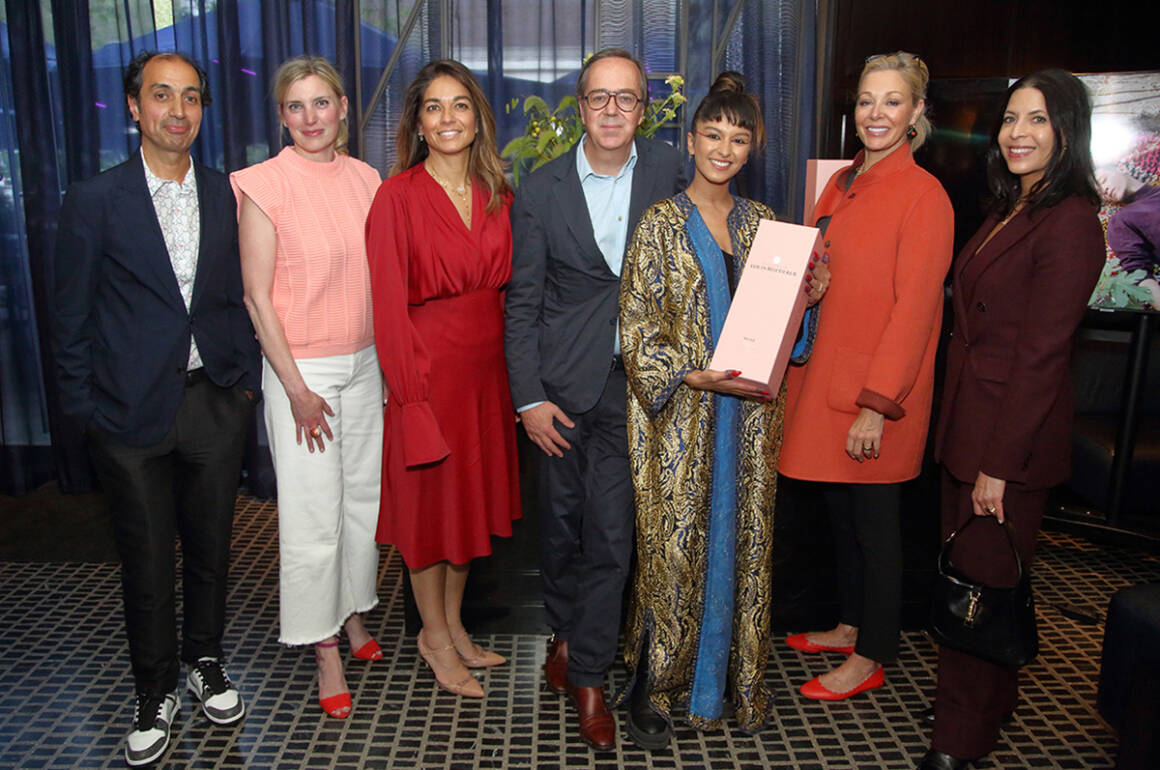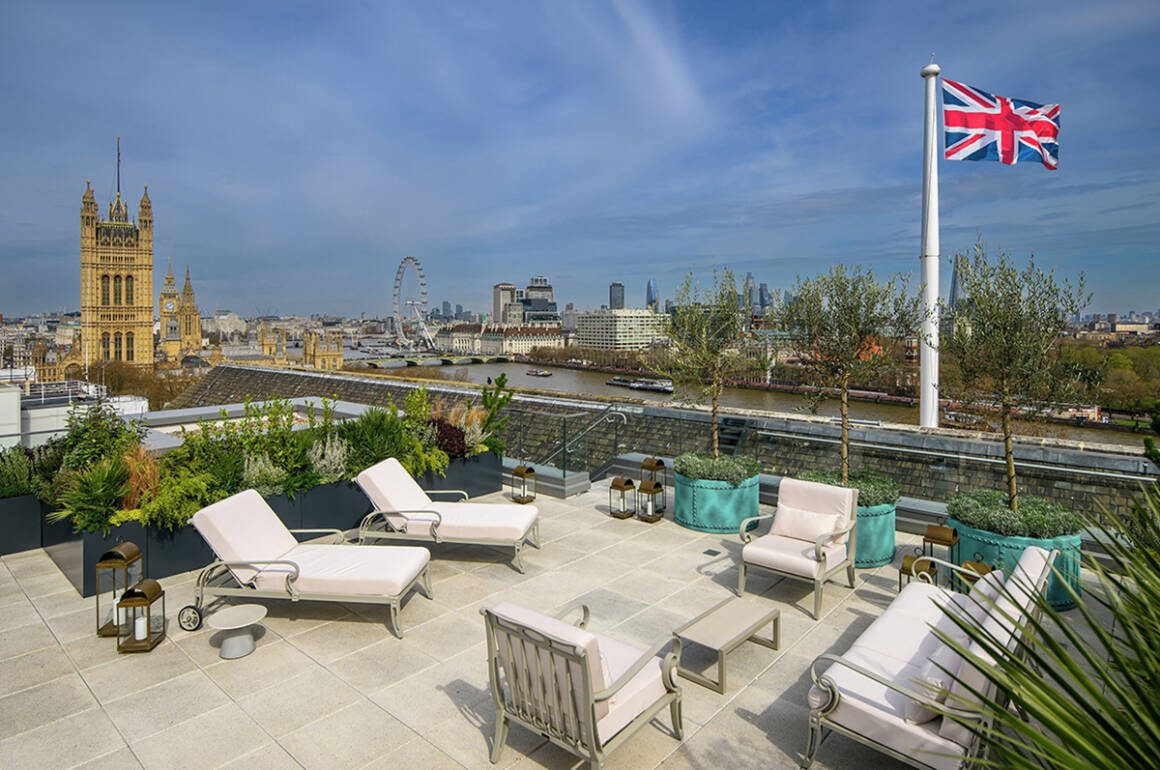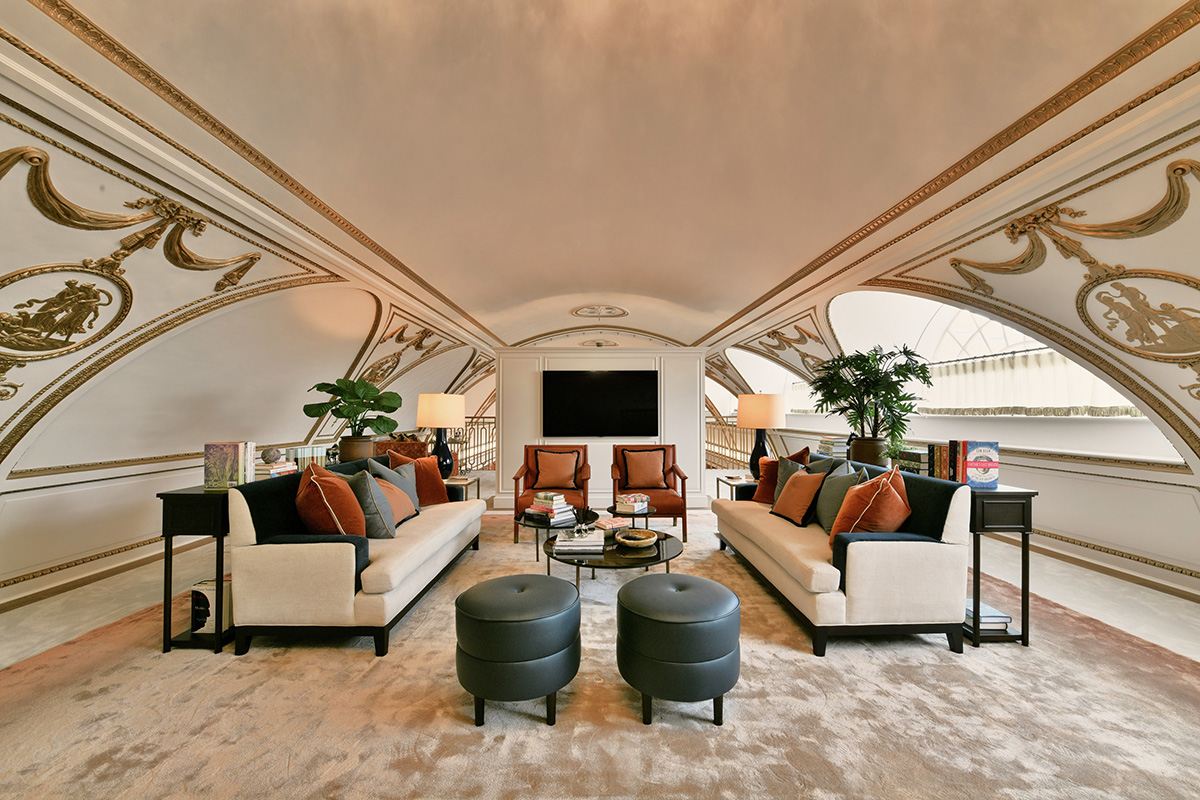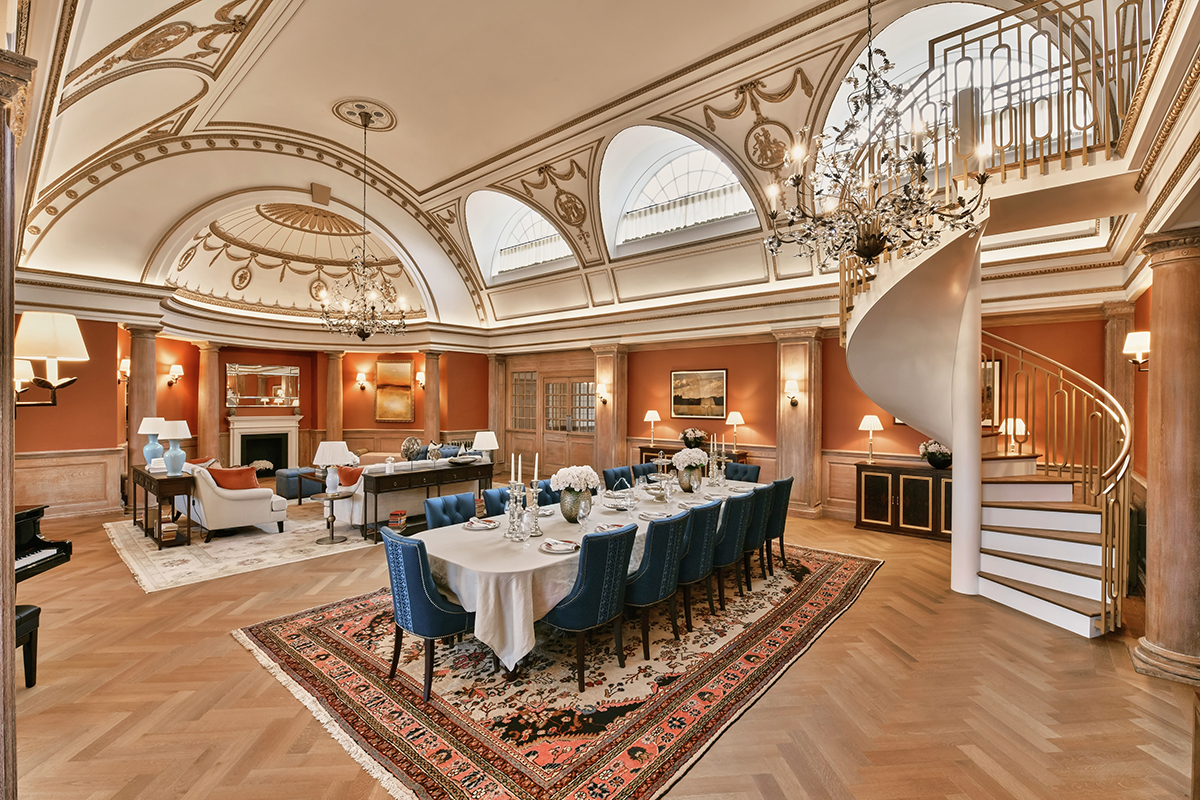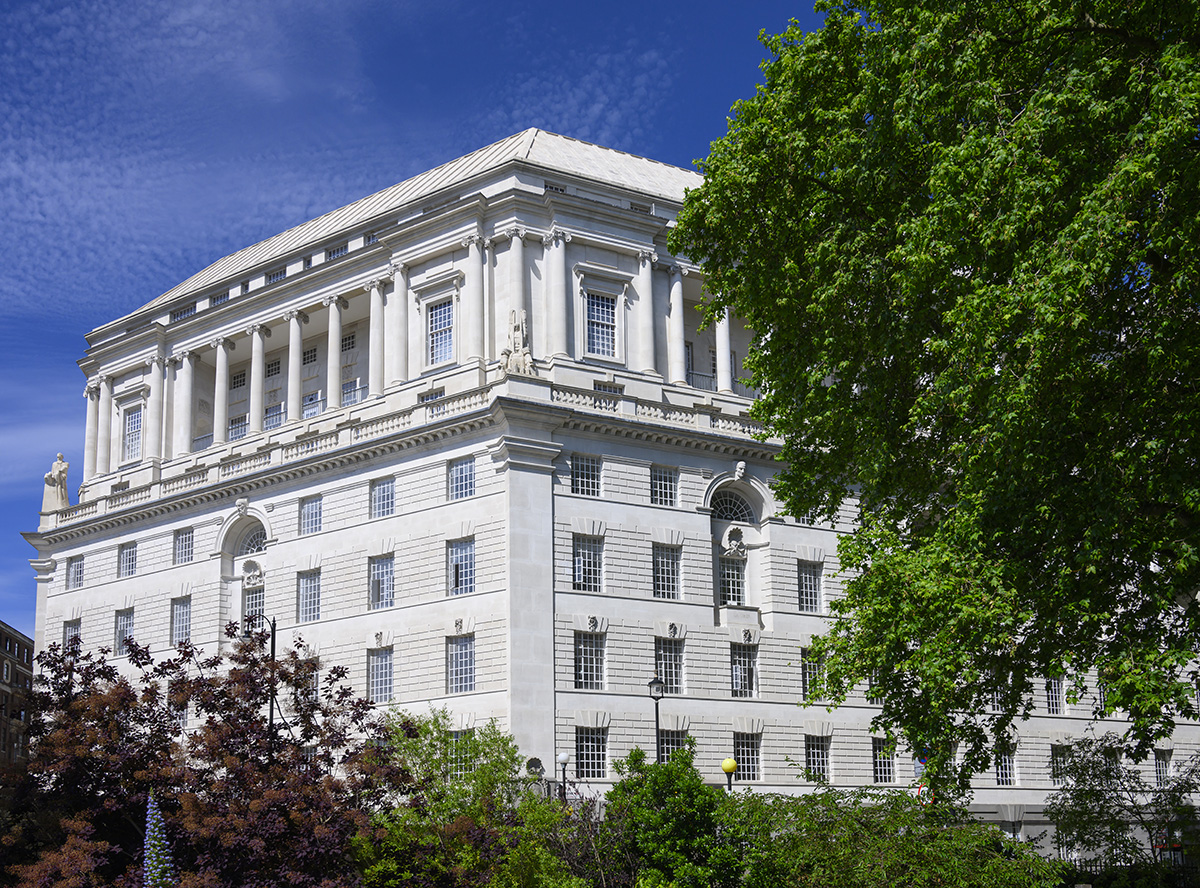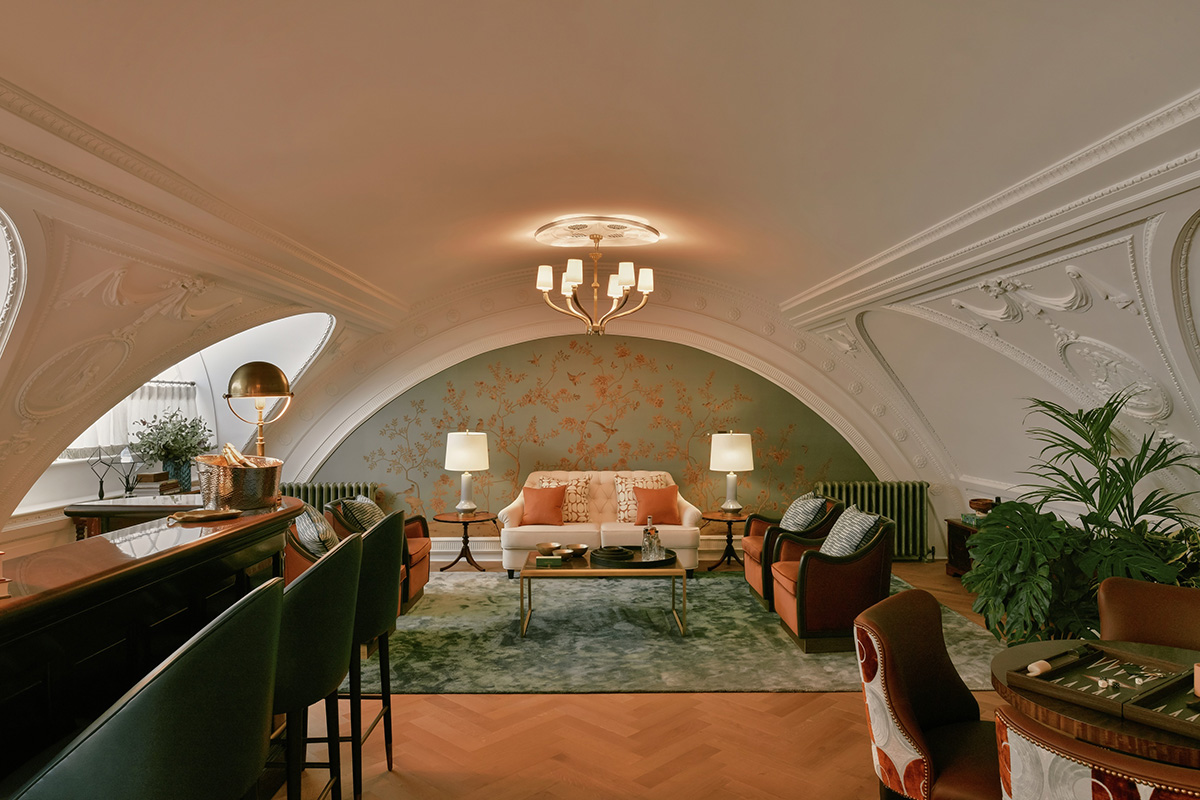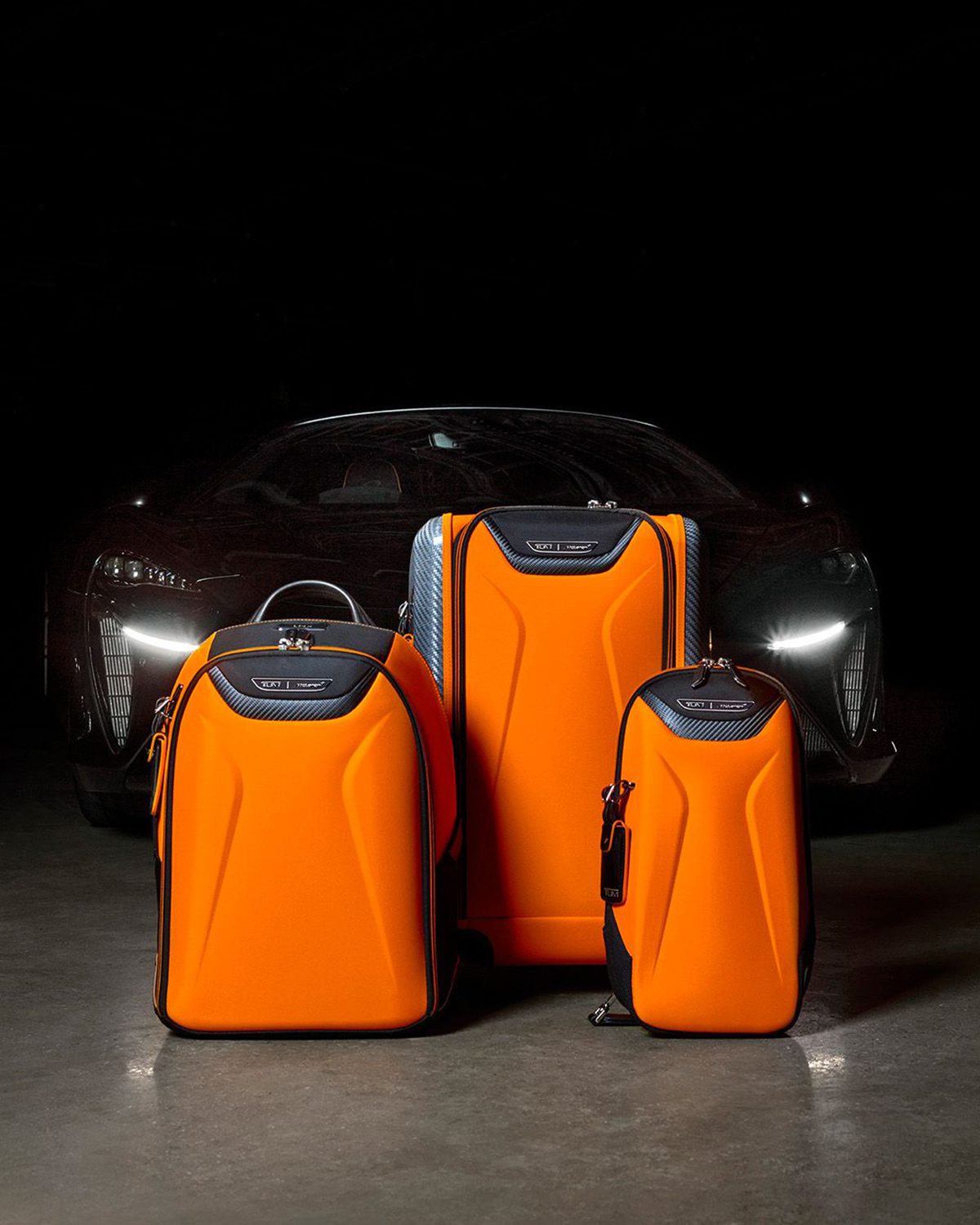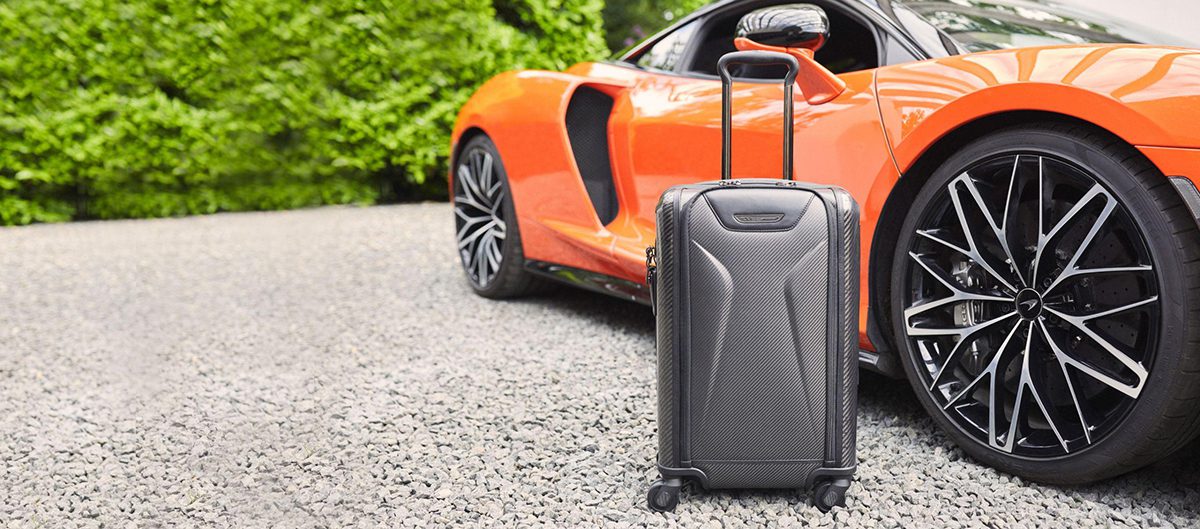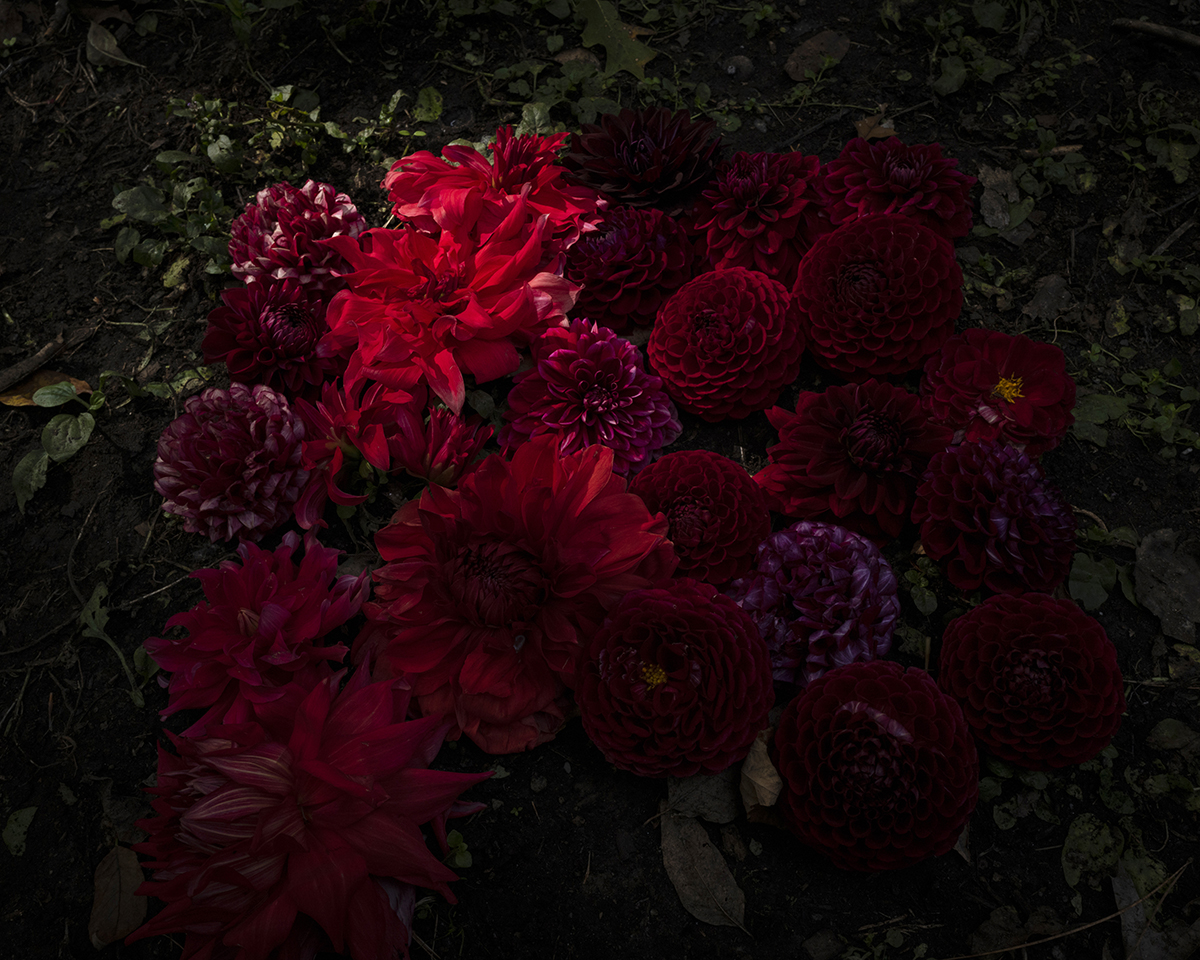
Red Dahlias by Cig Harvey
Graham Nash, of legendary music trio Crosby Stills and Nash, is a major collector of modern photography. As this year’s Photo London fair gets underway, we speak with Nash, curator and gallerist Camilla Grimaldi, and a photographer being exhibited at the fair, Sam Wright
The Collector: Graham Nash
Graham Nash is a legendary musician, songwriter, and photographer. His artistic talents have captivated audiences for decades as a founding member of iconic bands such as The Hollies and Crosby, Stills & Nash. However, Nash’s creative pursuits extend beyond music. He is also an avid photographer with a deep passion for the craft and an extensive collection.
LUX: What was it that made you begin collecting art?
Graham Nash: We were a poor family from the North of England and never had an image on a wall. Eric Burdon from the Animals turned me on to M.C.Escher in the mid sixties and I truly love Eschers’ work. When I was economically well off I began to collect Escher. His work and the work of Diane Arbus, whos’ images astound me to this day started my journey of surrounding myself with great work.
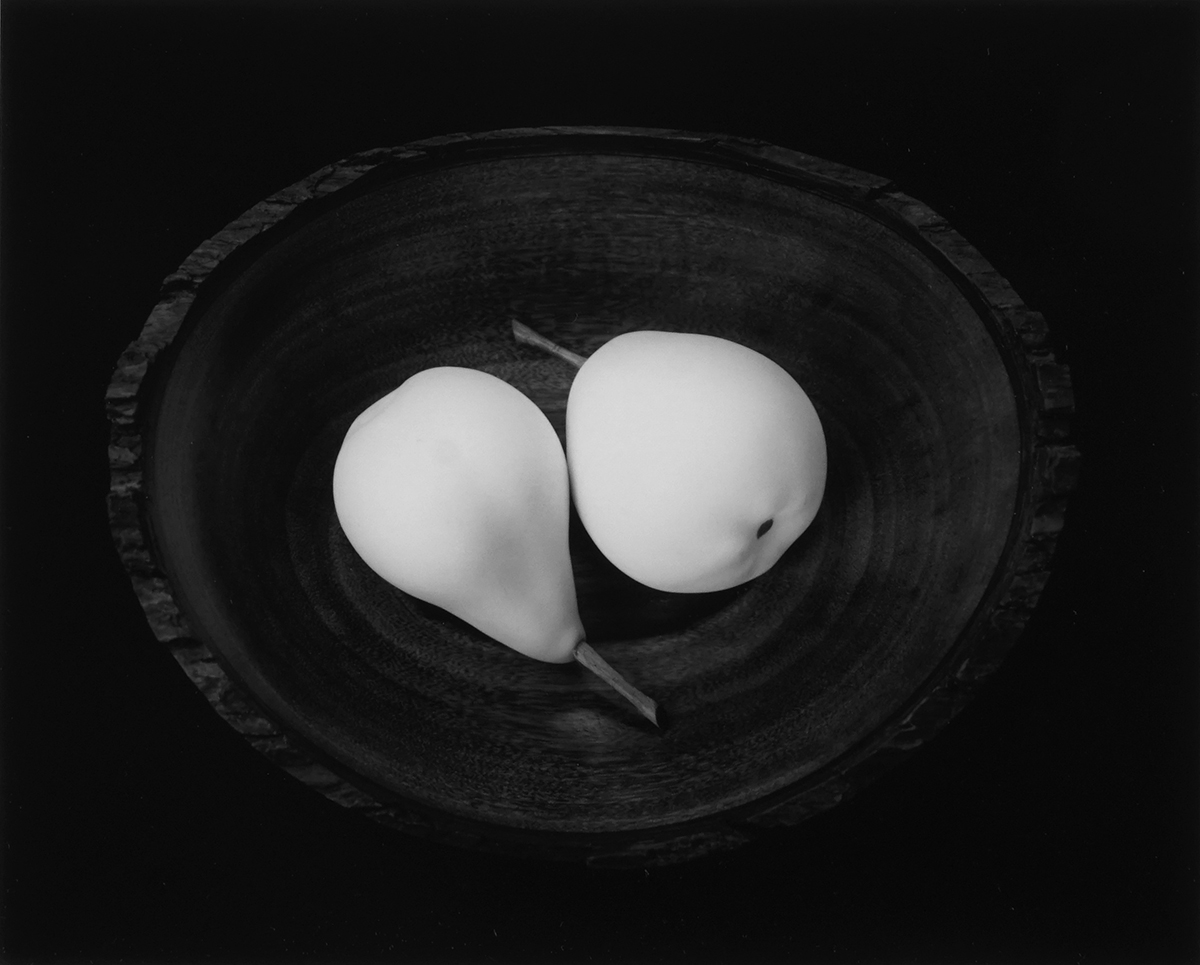
Two Pears by
Paul Caponigro
LUX: Can you tell us about a piece in your collection that has influenced your music?
GN: I find an interesting correlation between music and photography. To me, the world is made up of vibrations and I can sense that when I look at “Moonrise over Hernandez” by Ansel Adams, I can really feel the bushes and vegetation in the dark areas of the image and I ‘hear’ the cellos and the double bases, then I can imagine violins and violas in the soft, light cloud areas of the print I owned.
LUX: Have you ever regretted selling a piece?
GN: No, When I learn all that an image teaches me then I can let it go.

Mountain Tree, Study 1, Danyang, Chungcheonbukdo by Michael Kenna
LUX: What makes photography as a medium special?
GN: From the very beginning of humanity capturing images to the present day, great photography can show us, and the world around us, that we are indeed all interrelated in some sense, that we have to leave some sense of ourselves of having ‘been here’. From the first time that a human outlined a hand by blowing a coloured powder onto it on a wall somewhere back in the beginnings of self-expression to the images of today, photography reigns supreme.
LUX: What was your first ever camera and what do you use now? Do you think that new technology has changed your approach to the art over time?
GN: The camera that was given to me by my father was a vintage Agva. I don’t really care what instrument I’m using, I only care about what it sees. I’ve used everything from a Disney camera to 4×5’s or even an iPhone.
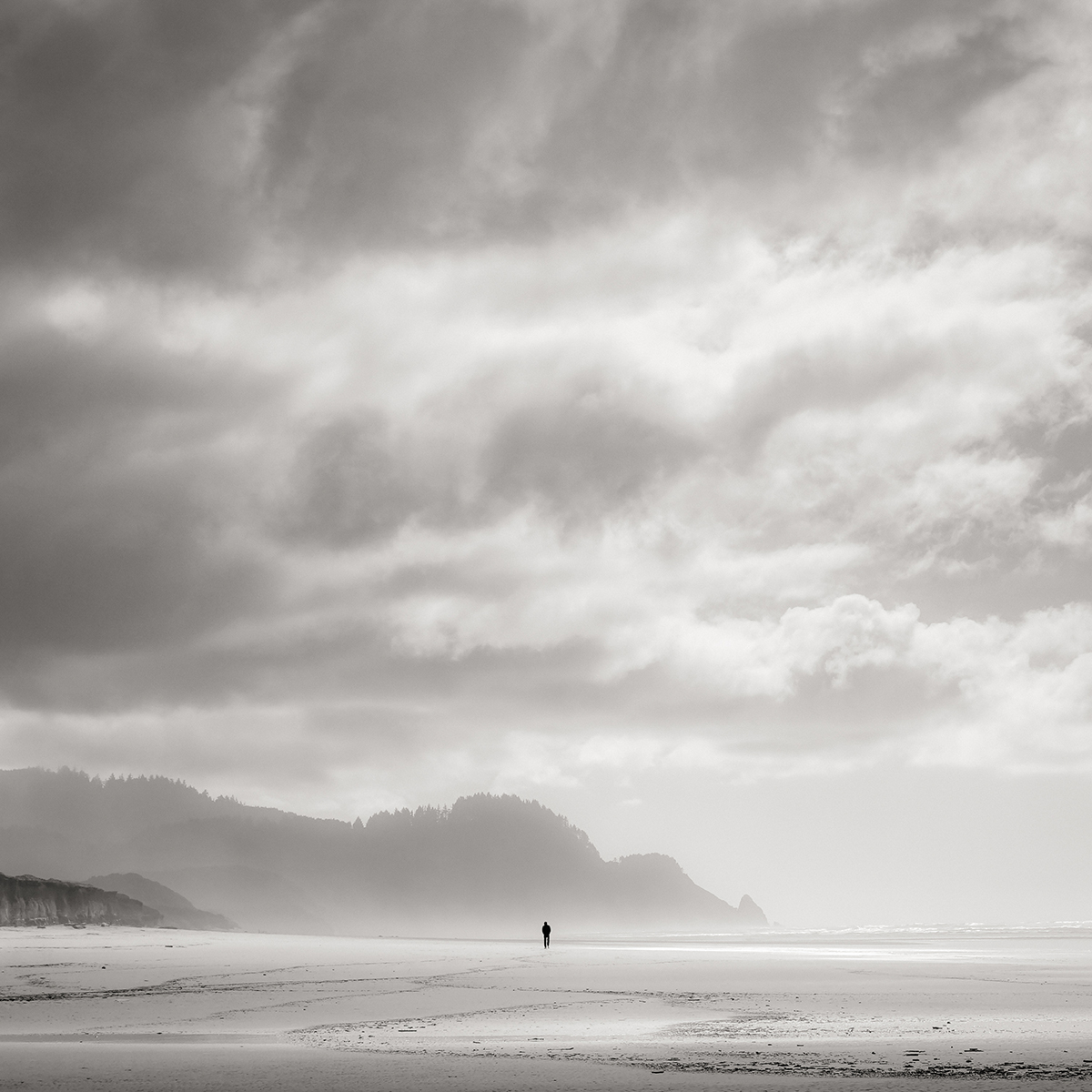
Beachwalker by Jeffrey Conley
LUX: As someone who collects originals, how do you feel about the way art and photography have become so readily available online?
GN: It could be said that the ‘immediate’ availability of being able to buy images online signals an interesting future. There’s a wonderful feeling holding an original masterpiece and I’ve been incredibly lucky in my journey of collecting and making art.
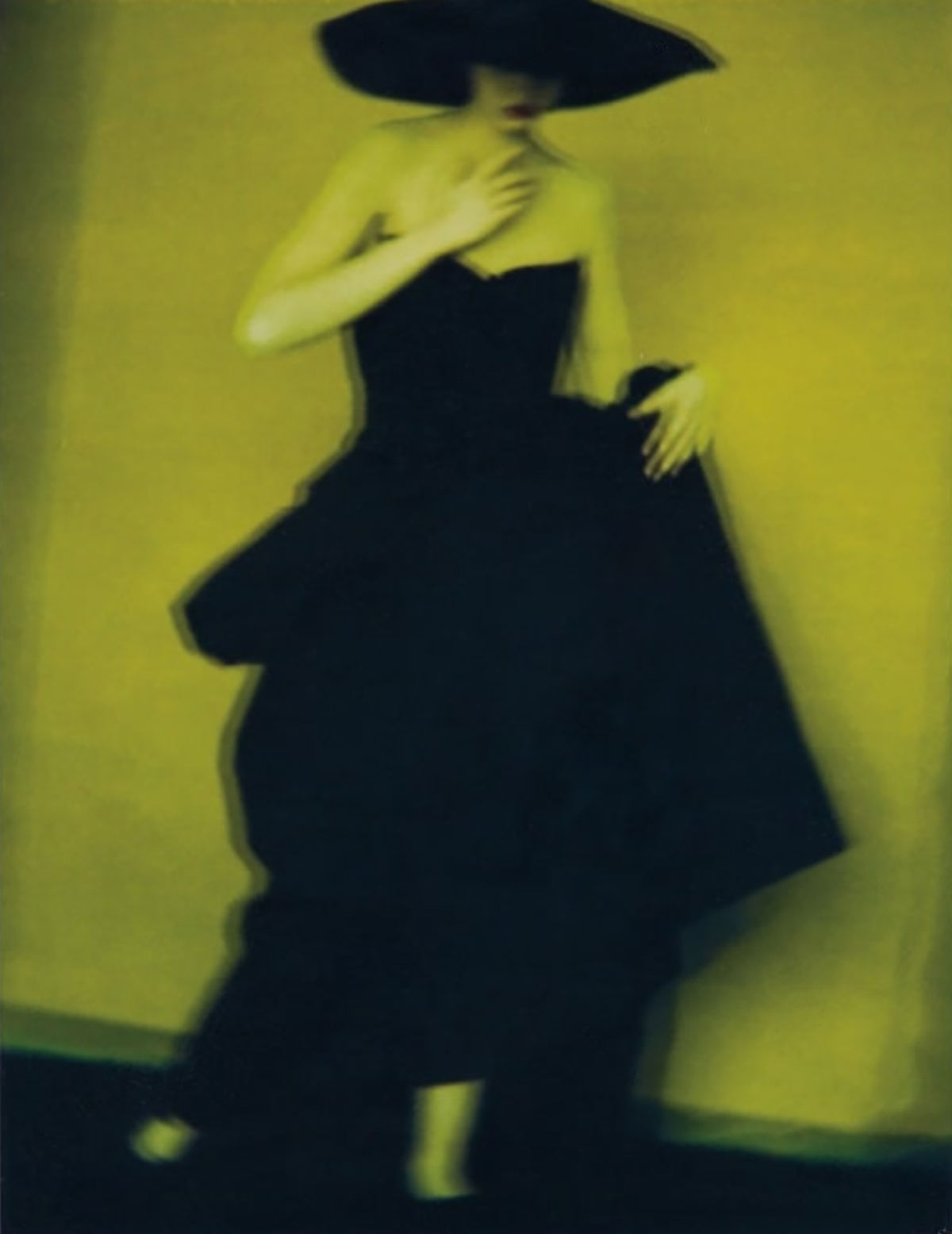
Yoji Yamamoto by Sarah Moon
LUX: You’ve said before that you only sell pieces when you have taken all the inspiration from them that you can. Is there a piece you would never sell?
GN: I was in a gallery in Los Angeles owned and run by Jake Zeitlin and I found an image of Marilyn Monroe taken when she was a teenager. It’s a lovely candid moment and one that I treasure. It was $20. I’ve sold images in the many thousands but you can’t get this image out of my hands.
The Gallerist: Camilla Grimaldi
Camilla Grimaldi has been a curator, gallerist and international art advisor for over 20 years. She began her career at institutions including Christie’s New York contemporary art department, the Guggenheim, Venice and White Cube, London. In 2004, Grimaldi co-founded Brancolini Grimaldi, a contemporary photography gallery. Now an independent entity, the Camilla Grimaldi Gallery currently works with emerging and established international artists with a strong focus on contemporary photography.
LUX: How did your upbringing shape your relationship with art?
Camilla Grimaldi: I think an influential person in shaping my relationship with art has been my father, who started collecting contemporary art, particularly post-war art, when I was very young. My earliest memory of art is from my childhood at around the age of five. My father would take me to school in the morning and, before dropping me off, he would stop in the old centre of Rome and select a visit to a different baroque church each time. We went in to admire the masterpieces of Caravaggio, Michelangelo, Bernini, and Borromini, and I remember that I was literally petrified by the beauty and grandeur of these stunning paintings and sculptures. It became clear from that moment onwards that art would have to be a part of my life.
LUX: Why do you think you are drawn to photography as a medium?
CG: Photography started as a passion in my early 20’s. I really loved fashion photography and vintage photography from Henri Cartier-Bresson, Frank Horvat and Robert Doisneau. The American photographers have also deeply shaped my vision as I admired how they used colour and depicted the US in such real and sometimes crude ways, like the greats such as William Eggleston, Stephen Shore and Mitch Epstein. In the past 20 years, the German school of Photography led by Thomas Ruff and Andreas Gursky has shaped the intellectual connection I feel to contemporary photography. The methodological approach in blurring the notion of what documenting our society really looks like and developing new conceptual frameworks with which to decipher the captured subjects and spaces.
A huge influence has also been African and Italian photography. In both instances, it is marvellous to observe their ability in developing new ways of capturing space, light, and how they portray the gaze of their subjects. In recent years I’ve been truly enjoying my work in discovering young photographers that use the medium in different ways, from installations that become three dimensional, to the use of already existing photographs combined through an archival study or books and magazines, and the use of negatives in particular and manipulated ways.
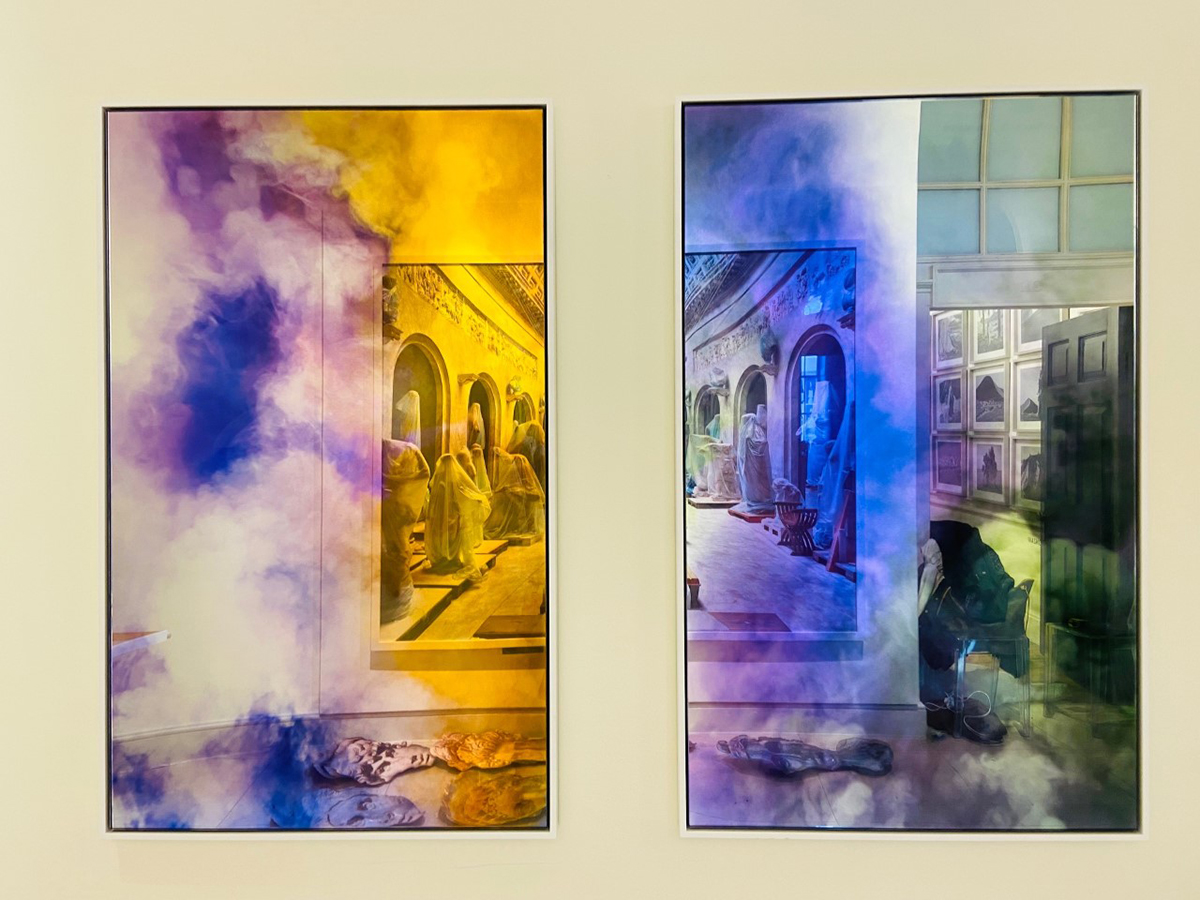
Untitled View 2014 by Goldschmied & Chiari
LUX: Everyone has a camera these days, almost everyone can market themselves as an amateur photographer. As someone who works with emerging photographers, how do you differentiate the very talented but unrecognised few from just another person with a smartphone?
CG: In my opinion, what differentiates a talented photographer from a content creator is the idea, intention, and research behind the work. It isn’t necessarily important if a smartphone or a certain type of camera was used for the final outcome. The power and strength of the photograph is determined by various technical and cultural factors, yet what I truly believe makes a work of art is the message it entails, and how this message is delivered to the world.
LUX: If you had to pick one or two photographers, who would you say are the ones to watch right now, and why?
CG: We can’t escape looking at some of the pillars of the contemporary photography scene like Thomas Struth or Andreas Gursky, and Wolfgang Tillmans who continue to experiment with the medium by breaking the boundaries of where photography sits within various artistic contexts.
In terms of the Italian scene, the duo Sara Goldschmied and Eleonora Chiari have developed a painterly approach which evolves into a three-dimensional space using a unique technique by printing the photograph directly on mirrored glass. Domingo Milella’s traditional landscape photography abstracts itself through a deep process of archeological and site specific research, whilst Massimo Listri’s architectural photographs entail a magnified and somewhat spiritual viewpoint, capturing cultural institutions we all know, but somehow obtaining an entirely different character inside his artworks.
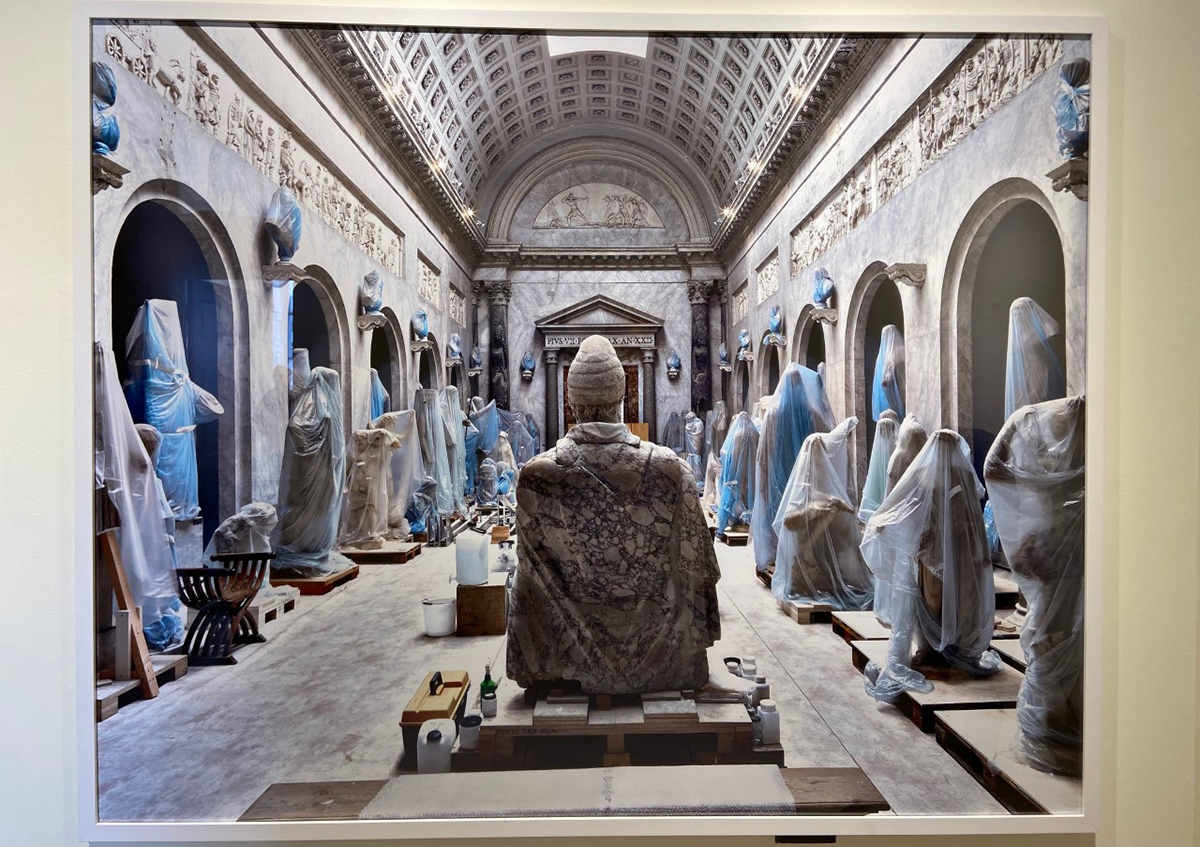
Musei Vaticani XXI, Roma 2014 by Massimo Listri
Within the Italian emerging sector, the trio Sbagliato have been operating at the confines between street and contemporary art for the last 10 years. Their proposed alternative scenarios within urban contexts develop rifts in the architectural order and use these ruptures to create new and illusionary pathways.
LUX: How would you describe the relationship between artist and curator/gallerist? Is it largely a rewarding one, or do you find there can be friction or disappointment?
CG: My long experience in this area has taught me that the basis of a good work relationship is mutual respect. I have occupied various roles in my career, spanning from curator and art advisor to gallerist. But within all these multifaceted roles, the connection to the artist becomes the main driver of a success story. It truly becomes part of your life, as you transform into an advisor of life and work at 360 degrees. This type of relationship, built in time through trust, professionalism, effort, and friendship, has made it possible to still be in contact with all the artists that I’ve been working with for over 25 years. Of course there are moments where some misunderstandings can occur, but if you strongly believe in the artist and the work, everything can be solved.
Read more: Photo London’s Fariba Farshad on Fotografìa Maroma
LUX: What would your advice be to individuals looking to start an art collection?
CG: My advice is to be curious. Attending art fairs, biennials, museums and galleries, is the start to truly immersing oneself into the art world and doing research. Contact an art advisor that you trust and is capable of showing you around and helping you discover and understand your taste. Starting an art collection is something exciting, it gives you joy. Art becomes part of your everyday life and it elevates all sorts of feelings.
LUX: What is your personal philosophy on art as a gallerist, curator and advisor? Has it developed over time?
CG: Through my long professional experience in the art world, I now have various mixed feelings concerning it. As a gallerist it has been a big challenge for me especially when I opened the first contemporary photography gallery in Rome in 2005. The art market in Rome was based on an old school type of aesthetic, and surprisingly my gallery was a success story during a time in which photography was not yet considered a quality medium of contemporary art. That experience has been very demanding and very exciting at the same time. Today as a curator and advisor my situation is very different, and I am less constrained by these dynamics in the way I work. I can freely select the projects that I love and that I strongly believe in, and I have more time to research, study, and go on studio visits. I’m very lucky that I can choose the curatorial projects and the marvellous artists that I work with.

Total blu, 2022-2023 by Domingo Milella
Back when I was a gallerist, I started at a very young age so of course my notion on what art meant has changed over time. Back then my first approach was to develop my relationship with artists, it was all about sharing ideas and being part of the creative process of the artists. It was about creation and identity.
As a curator and art advisors now, I have more experience, and whilst my initial feelings have been kept intact, I now know how to contribute on a deeper level, culturally and strategically, helping my artists to rise within the contemporary art market.
The Photographer: Sam Wright
Sam Wright began his photography career photographing DIY punk gigs in pub basements and clubs in Sheffield. He went onto study at Newcastle School of Art and Design, and his work has now been recognised by respected awards and galleries including The NPG, D&AD Awards, Lürzer’s Archive, Creative Review, Its Nice That, Palm Studios and The AOP Awards.
LUX: What was your introduction to photography?
Sam Wright: My first experiences of photography centred around the Sheffield punk scene in a pub called The Cricketers Arms, where DIY punk gigs would be put on. It was a driving scene full of big characters and lots of energy. I found myself focusing more on the crowds, not just well as the bands. These early experiences allowed me to explore photography in an exciting environment, as well as inspiring a DIY ethos that the whole scene was built around. It was through that scene that I met Ben Goulder of New Dimension who published my new book “The City of the Sun”. Collaborating with New Dimension always feels like a perfect fit. Myself and Ben have a long history, not only creating publications together but growing up together and forming our views on the world through bands in the Sheffield punk scene. The tongue in cheek motto was always “DIY or Die” which to some extent still runs through both our approaches to creative work.
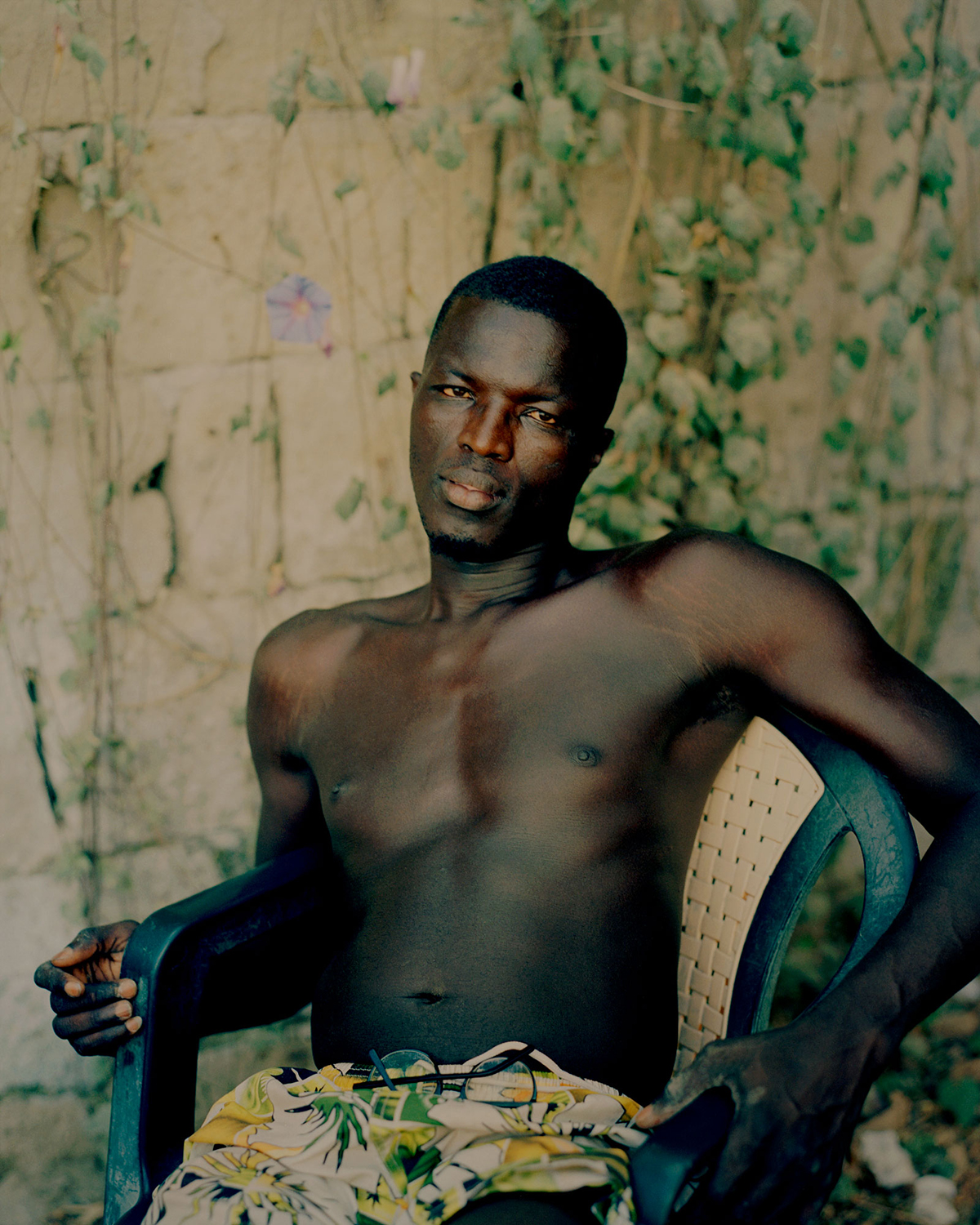
From the Welcome to Napoli series by Sam Wright
LUX: Tell us about your first ever camera, and how it compares to the camera you use most frequently now.
SW: My first camera was an early 2000’s digital point and shoot. It was limited in quality but the small size and low value meant I had it with me at all times.
I now shoot on a medium format film camera which is a very different tool. It is quite heavy which brings a slower way of shooting and the expense of film brings more consideration when choosing what to photograph. This camera has become a big influence on the way I shoot. The work in my new book was shot on this camera and brings an element of consideration to the work.
LUX: Your projects are often named or centred around a particular place – London, Seoul, Naples, your hometown of Sheffield. What role do geographic locations play in your work?
SW: Geography plays a huge role in my work and I think the same goes for a lot of photographers. For me, it provides a backdrop and narrative for the characters in my photos to live. It builds on the story that I am trying to invoke with my viewer.
Naples for example was the focus of my latest project and book, “The City of the Sun”. The work I shot there is an attempt to capture this character and attitude providing the viewer with a tangible glimpse into the city and the people that call Napoli home. I want the work to feel textural, invoke the senses and draw the viewer’s mind into the special feel of the city.
LUX: You often capture unique, striking individuals in your pictures. When you look at a person, what makes you want to photograph them?
SW: This is a tough question, but I guess I am drawn to people that have an interesting look from first view. I then often find that they live interesting lives and have a unique place in the world. Maybe this comes through in the way they look or hold themselves, but it’s hard to pinpoint.

From the Welcome to Napoli series by Sam Wright
LUX: Tell us about the way you use and capture light in your photography.
SW: Light is a very important part of my work and something that I am always very particular about throughout my work. It can totally change the feel and emotion of a shot and can provide depth, texture and magic to an image.
LUX: How has your stylistic approach developed throughout your career?
SW: My style has developed and changed a lot since I started my journey as a photographer. The core values and interests have remained the same but as I have learnt more about photography and light, I have shaped a style that feels representative of what I like aesthetically and how I view the world.
LUX: Which artists, photographers or otherwise, have influenced and inspired you the most?
SW: I draw inspiration for lots of different mediums. Cinema, music, everyday life, and also photography feed into my visual inspiration. I love how directors like Terrence Malick and Francis Ford Coppola use a camera to create their work. I have always loved classic American colour photographers such as Eggleston and Shore. I love how Chris Killip made art through everyday life and photographers like Tom Wood. The list could go on!
LUX: In your opinion, what is special about photography as a medium?
SW: I love the accessibility of photography. It’s available to almost everyone today and I think it is a brilliant way to express your creative drive. I love the way it gives you access and a reason to meet new people and experience new places, it provides purpose in exploring new communities and cultures.
LUX: Can a photo tell a story? If so, which of yours tells the best?
SW: Yes! I love the way a photo can tell a story, evoke an emotion or bring on a specific feeling – this is something that I strive to achieve throughout all my work. I love the way that the viewer becomes in control of the narrative with a photo and can take its cues to build their own perception of what they see and what the artist has set out to achieve.

From the Welcome to Napoli series by Sam Wright
In my new book there is a whole section of work shot around bays and city beaches that offer moments of calm and tranquillity; the chaos of the city is left behind but the energy is still high. I tried to capture the narratives and group dynamic of the individuals and tell the story of these unique areas of Italy.
Photo London, Somerset House, London, 11th-14th May 2023
